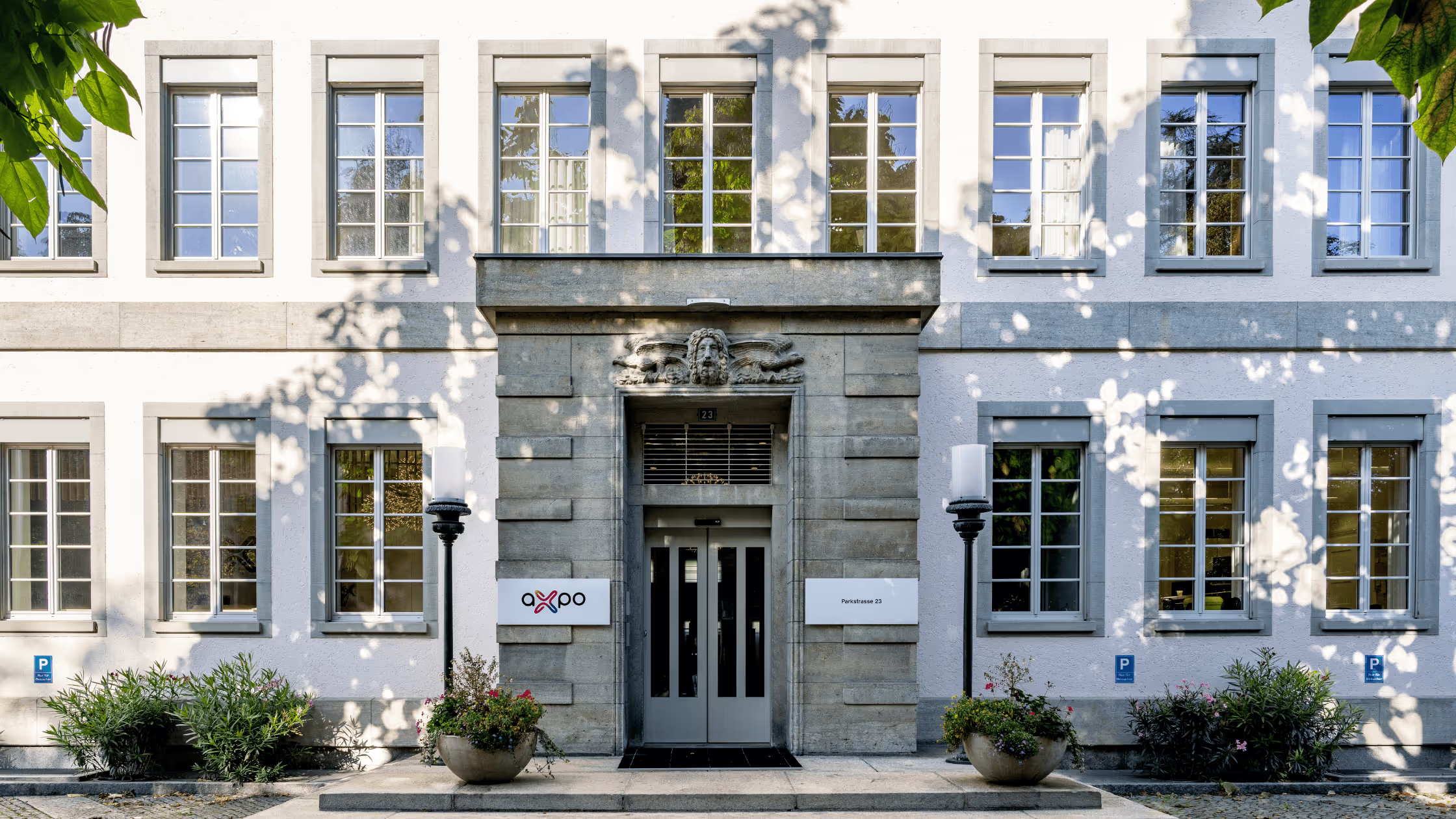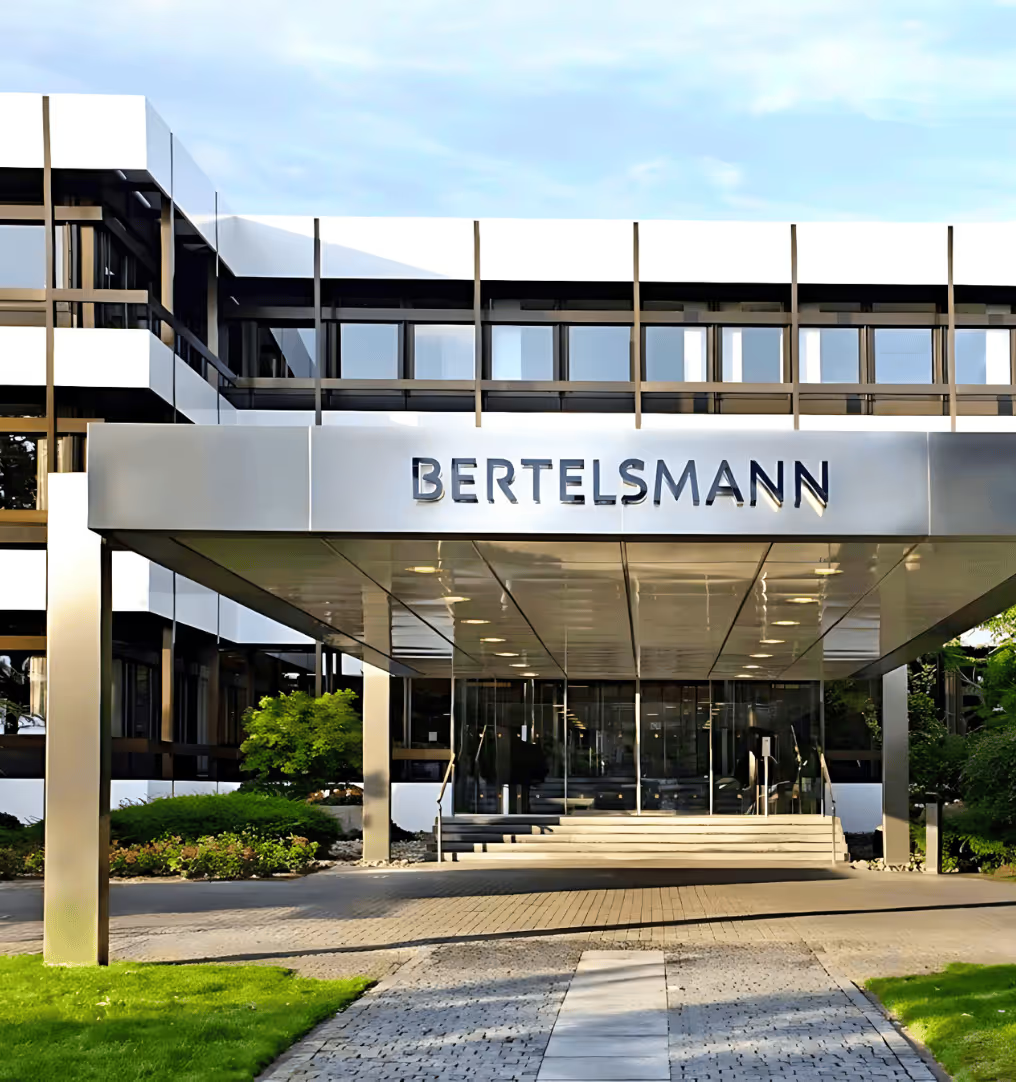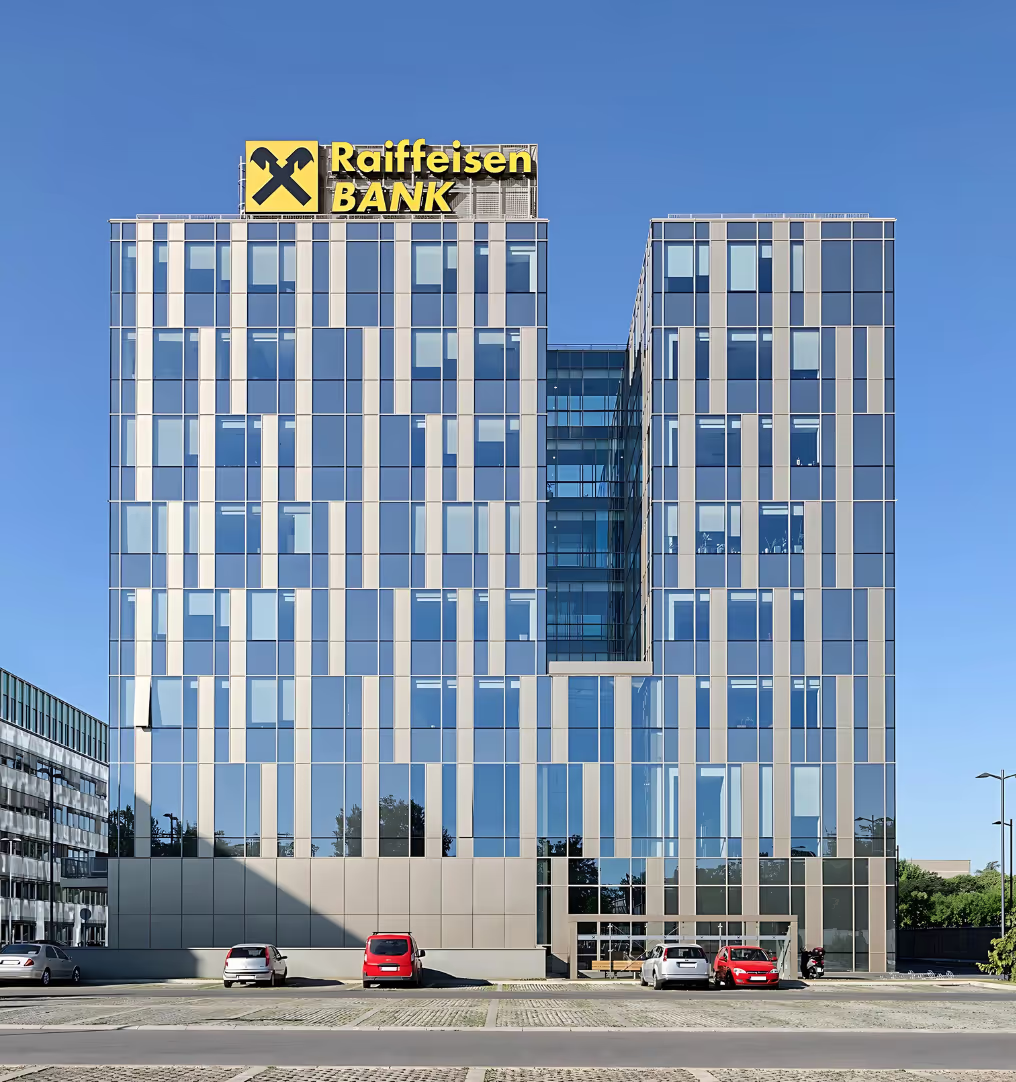How to Achieve Procurement Resilience in Your Organization?

Procurement is a frontline defense against disruption. From geopolitical tensions to extreme weather events and inflationary pressures, the modern supply chain is more fragile than ever. In fact, over 73% of global supply chain leaders reported significant disruptions in the last year alone (Gartner, 2024).
That’s why procurement resilience has emerged as a non-negotiable priority. It refers to an organization’s ability to anticipate, absorb, and recover from supply-side shocks while maintaining business continuity and value delivery. Resilient procurement doesn’t just react to crises; it adapts proactively, ensuring agility, compliance, and sustainability across sourcing strategies.
This blog explores how organizations can build and strengthen procurement resilience. We’ll dive into the key pillars of resilient procurement, outline common barriers, share a step-by-step roadmap, and show how digital platforms like akirolabs can help transform procurement into a future-ready function.
TL;DR
- Procurement resilience is the ability to anticipate, withstand, and recover from supply disruptions while maintaining performance and strategic objectives.
- It’s no longer optional—rising geopolitical instability, ESG scrutiny, and fragile supply networks demand a proactive approach to risk and agility.
- A resilient procurement function must move beyond manual processes and static playbooks toward intelligence-led decision-making, supplier mapping, and dynamic contingency plans.
- Common roadblocks include siloed systems, change resistance, limited digital adoption, and lack of executive support.
- Building resilience is a step-by-step process: start with risk audits, map critical dependencies, design flexible strategies, and adopt tools that improve visibility and speed.
What is Procurement Resilience?
Procurement resilience refers to an organization’s ability to keep its sourcing and supply operations running smoothly, even when faced with unexpected problems such as supplier delays, currency fluctuations, raw material shortages, or geopolitical disruptions.
But it’s not just about reacting after problems occur. CPOs and procurement leaders are increasingly embedding resilience into their strategies to reduce lead times, minimize risks, and maintain continuity under pressure. A modern, resilient procurement team is expected to:
- Quickly adjust plans
- Activate alternate suppliers
- Mitigate supply-side risks without affecting delivery timelines or budget lines
For example, during the Red Sea shipping crisis in early 2025, many manufacturers had to re-route goods via alternative carriers, which would only be possible with a responsive procurement function and visibility into Tier 2+ suppliers.
Why Procurement Resilience Matters Today?
Recent events like pandemics, geopolitical tensions, and natural disasters have exposed how fragile traditional procurement models can be.
Without resilience:
- One delayed shipment can halt production and increase costs
- Customer trust and brand reputation may suffer
With resilience:
- Respond quickly to disruptions
- Minimize negative impacts
- Turn challenges into competitive opportunities
Resilient systems also support long-term stability by reducing overreliance on individual suppliers or regions.
Key Pillars of Procurement Resilience
Here are some key pillars of procurement resilience:
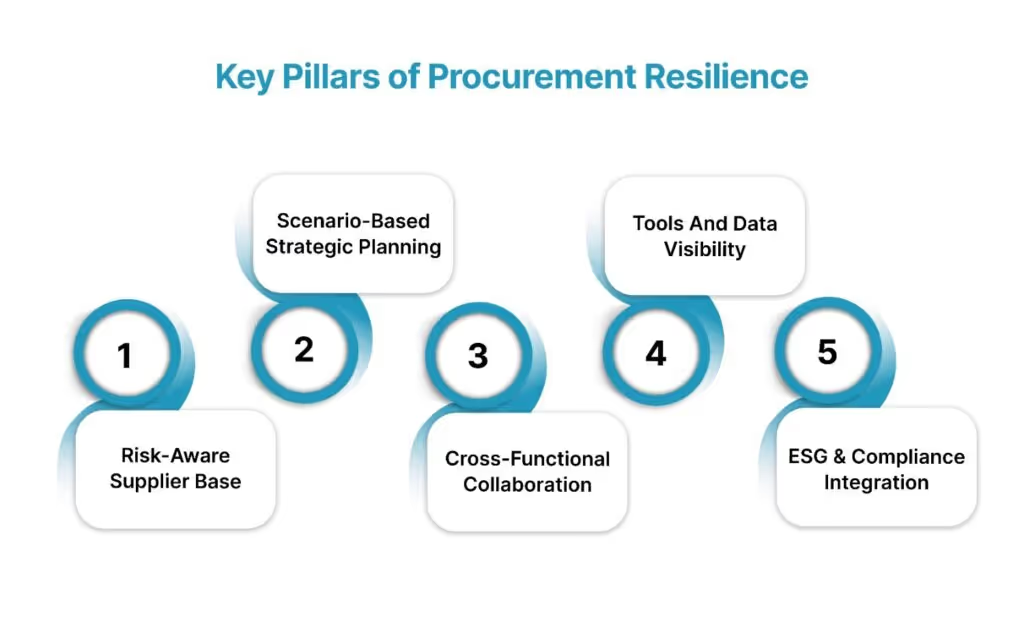
1. Diversified and Risk-Aware Supplier Base
Reliance on a sole supplier or geographic region creates single points of failure. Strategic procurement leaders today are adopting “China Plus One” or even “Multishore” models to reduce dependency.
Actionable practices:
- Dual/multi-sourcing critical components
- Building supplier tier maps
- Using supplier risk scorecards based on real-time geopolitical and financial data
Example: A global electronics firm recently expanded its supplier base from 3 to 8 countries after repeated delays in East Asia, transitioning from reactive sourcing to scenario-led planning.
2. Scenario-Based Strategic Planning
CPOs are moving beyond static forecasts. They’re asking, “What happens to costs if our primary supplier shuts down? What if ocean freight rates triple again?”
Tools like dynamic planning models and digital twins allow simulation of supply-side failures, price surges, or political unrest. This enables procurement functions to develop pre-approved contingency playbooks.
Example: According to McKinsey research, companies that used scenario planning during the pandemic were 60% faster in replacing disrupted suppliers than their peers.
3. Cross-Functional Collaboration
Resilience isn’t just a procurement challenge—it’s a business-wide effort. Today’s procurement leads are expected to collaborate across:
- Finance: for budgeting, buffer, and working capital alignment
- Legal & Compliance: for contract clauses and risk-transfer tools
- Operations: to sync production timelines with sourcing decisions
For instance, Fortune 500 giants like PepsiCo and Siemens have created cross-functional war rooms during supply shocks to resolve issues in real time and align decisions organization-wide.
4. Digital Tools and Data Visibility
Digital tools provide the visibility and control needed to anticipate risks rather than just react to them.
Top-performing procurement teams are investing in:
- Procurement control towers
- Spend analytics platforms
- Supplier dashboards with predictive alerts
- AI-powered risk forecasting models
These tools help leaders shift sourcing strategies quickly, optimize inventory levels, and ensure contract compliance.
Real-time dashboards helped one European automotive OEM detect a Tier 2 supplier’s bankruptcy weeks before delivery was due, preventing a $2M production shutdown.
5. Embedded ESG and Compliance Readiness
Regulators, investors, and customers are watching how businesses source. Procurement resilience today must go hand-in-hand with ESG and regulatory compliance.
Leading organizations embed:
- Ethical sourcing practices
- Supplier diversity initiatives
- Environmental performance monitoring
- Anti-bribery, financial transparency, and labor rights checks
Regular supplier audits helped a multinational apparel brand avoid a costly PR crisis in 2024 when several competitors were exposed for labor rights violations in South Asia.
How to Build Procurement Resilience in Your Organization: Step-by-Step Strategy.
Procurement resilience doesn't happen by chance; it’s built through deliberate planning and smart execution. To future-proof your supply chain and respond effectively to disruptions, organizations need a structured, proactive approach. Here’s a step-by-step strategy to make that happen.
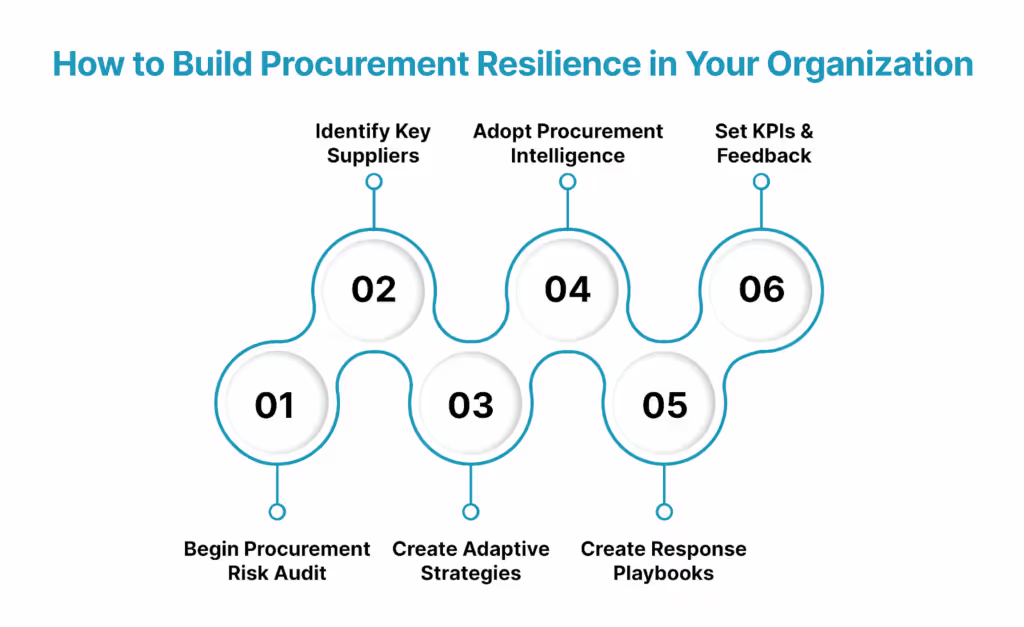
- Start with a Procurement Risk Audit
Begin by identifying vulnerabilities across your procurement process. A thorough risk audit involves evaluating suppliers, contracts, categories, geographies, and past incidents to uncover where your organization might be exposed. Look for patterns such as single-source dependencies, regions prone to disruption, or long lead times that could affect continuity.
- Map Critical Suppliers and Dependencies
Next, develop a clear map of your supplier network. Highlight the vendors that are essential to your operations and understand how dependent you are on each one. This includes knowing what tier each supplier belongs to, what risks they face, and whether there are viable alternatives. This visibility helps in prioritizing supplier relationships and building redundancy where needed.
- Design Flexible Category Strategies
Rigid procurement strategies quickly break under stress. Instead, create flexible category plans that allow for quick pivots. For example, identify multiple suppliers for critical inputs, build buffer stock for volatile items, or contract with regional partners who can deliver faster in emergencies. Flexibility within categories ensures continuity even when the unexpected hits.
- Invest in Procurement Intelligence Platforms
Manual processes limit visibility and response time. To become more resilient, organizations should adopt digital procurement platforms that offer real-time dashboards, automated workflows, and AI-driven insights. These tools can predict disruptions, monitor supplier health, and recommend proactive measures, giving procurement teams the ability to act faster and smarter.
- Create Response Playbooks for Disruptions
Don't wait for a crisis to figure out how to respond. Develop response playbooks that outline clear roles, communication protocols, and recovery plans for various disruption scenarios, such as vendor insolvency, transportation delays, or geopolitical events. These playbooks ensure teams stay aligned and take decisive action without confusion or delay.
- Establish KPIs and Feedback Loops
Finally, resilience isn’t a one-time achievement; it’s an ongoing process. Define key performance indicators (KPIs) like supplier risk scores, recovery times, and contract compliance rates. Regularly review outcomes and gather feedback from stakeholders to refine your approach. Continuous monitoring and learning are what keep procurement strategies strong over time.
While these steps provide a roadmap to resilience, many organizations still face challenges that hold them back. Let’s identify the common barriers that need to be addressed.
Common Barriers to Procurement Resilience
Building procurement resilience is essential, but many organizations face internal roadblocks that make it difficult to adapt and modernize. These challenges often stem from structural inefficiencies, outdated mindsets, and a lack of alignment across teams. Understanding these barriers is the first step toward overcoming them.
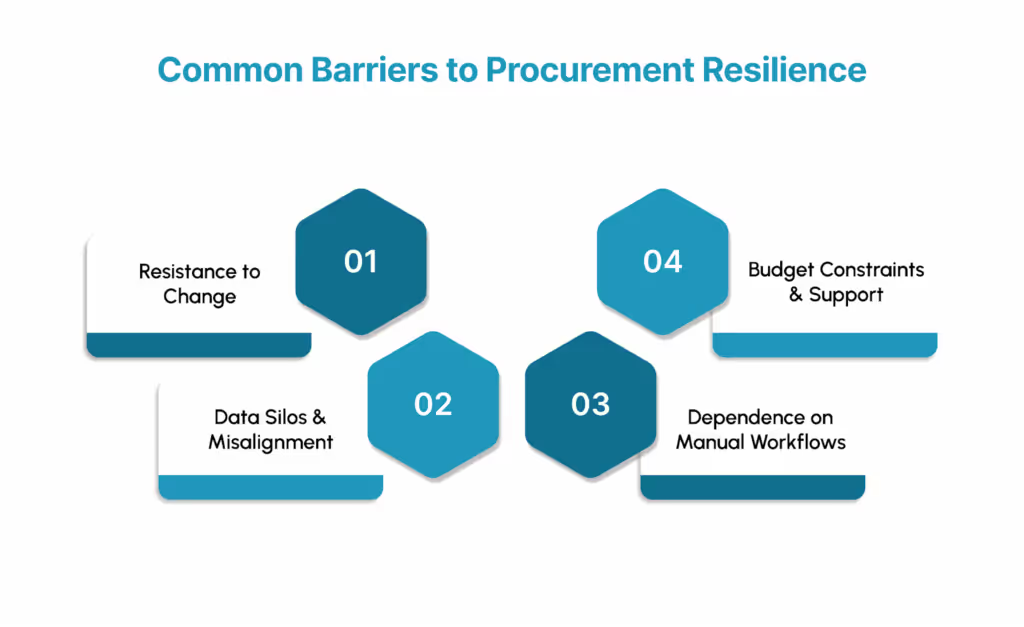
- Resistance to Change and Digital Transformation
Teams hesitant to adopt new technologies or move away from traditional methods often delay progress. This limits the organization’s ability to respond quickly and adapt to disruptions.
- Siloed Data and Poor Cross-Functional Alignment
When departments work in isolation and systems don’t talk to each other, procurement loses visibility into crucial data, making informed decision-making nearly impossible.
- Overreliance on Manual Workflows
Dependence on spreadsheets, emails, and manual approvals slows down processes and increases the risk of errors, making it harder to respond efficiently during supply chain disruptions.
- Budget Limitations and Lack of Executive Buy-In
Without leadership support and adequate funding, procurement teams struggle to invest in the tools, training, and infrastructure needed to build resilience at scale.
Technology plays a key role in overcoming these challenges. Here's how Akirolabs helps organizations embed resilience into their procurement strategy through intelligent, real-time solutions.
akirolabs: Redefining Strategic Procurement for Resilience at Scale
Most organizations have digitized their sourcing and procurement execution—tools like Coupa, SAP Ariba, and Jaggaer manage POs, contracts, and supplier onboarding. But one critical layer is still broken: the strategy layer. Category strategies live in spreadsheets, PowerPoints, and disconnected workflows—fragmented, inconsistent, and impossible to track across teams and geographies.
akirolabs was built to solve this. It’s not another sourcing or analytics tool. It’s the AI-powered operating system for strategic category management—a platform that brings structure, collaboration, intelligence, and governance to the upstream procurement strategy lifecycle.
This is where procurement resilience actually begins.
Strategic Procurement Is Broken. akirolabs Fixes It.
In most enterprises:
- Strategies are built manually with no standard structure.
- ESG, DE&I, and risk considerations are treated as checkboxes, not embedded metrics.
- Global strategies are rarely cascaded properly to regions or business units
- Learnings from past strategies aren’t reused or accessible.
- There’s no system to track whether strategies are executed or effective.
akirolabs changes that. It transforms strategic procurement into a structured, collaborative, repeatable, and data-driven process—digitally.
What akirolabs Actually Does
Think of akirolabs as a strategic procurement cockpit with built-in intelligence and collaboration. It’s structured into three core phases:
1. Analyze – Context Before Action
- Built-in tools for spend analysis, supplier mapping, SWOT, PESTLE, and risk modeling.
- A proprietary Market Intelligence engine that tags real-world signals (news, price trends, regulations) and feeds them into strategy tools.
- Structured frameworks for capturing internal inputs and external forces—in one place.
2. Strategize – Decisions With Trade-Offs Modeled
- Dynamic scenario modeling tools to simulate global vs. local sourcing, supplier consolidation vs. diversification, or cost vs. sustainability.
- AI-powered recommendation engine (akiroAssist) to guide users through option evaluation and decision-making.
- Modular strategies: Traditional category-level, supplier-level, or cross-category (BEYONDcategory) strategies.
- Stakeholder engagement tools: Surveys, mapping, version control, approval flows.
3. Realize – From Strategy to Execution With Accountability
- Track strategy implementation through initiative boards, Gantt charts, and KPI dashboards.
- Monitor value realization: cost savings, CO₂ impact, supplier risk, ESG scores.
- Auto-generated executive summaries for stakeholders, with AI assistance.
Why It’s Built for Resilience
Resilience isn't just about buffering risk—it’s about knowing where the risk is, modeling it, making decisions early, and aligning cross-functional teams. akirolabs enables this by:
- Embedding risk analysis into every tool and step, not as an afterthought.
- Bringing external signals into the strategy process in real time.
- Supporting global-to-local strategy cascading while maintaining structure.
- Making trade-offs visible: carbon vs. cost, agility vs. supplier dependency
- Creating a governed repository of strategies that are searchable, cloneable, and auditable.
Conclusion
Procurement resilience is a present-day necessity. Disruptions, whether global or local, can impact supply chains overnight, and organizations that are unprepared risk operational delays, financial loss, and reputational harm. By building procurement processes that are agile, data-driven, and strategically aligned, companies can reduce their vulnerability and respond to challenges without compromising performance.
Achieving procurement resilience requires more than just tools, it demands a cultural shift, leadership commitment, and smart investments in collaboration and technology. From supplier diversification and scenario-based planning to ESG integration and predictive analytics, every step taken toward resilience strengthens the overall health of the business.
Ready to move beyond fragmented strategies and start driving real procurement impact?
Discover how akirolabs can help you build smarter, faster, and more resilient category strategies, powered by AI, grounded in collaboration, and designed for global scale.
👉 Schedule a demo today and see strategic procurement reimagined.
FAQs
1. How is procurement resilience different from supply chain resilience?
Procurement resilience focuses specifically on the sourcing, vendor selection, and supplier relationship aspects of the supply chain. While supply chain resilience covers logistics, distribution, and inventory, procurement resilience ensures organizations can secure the right goods and services without disruption, even during vendor shortages, geopolitical issues, or pricing shocks.
2. Can small and mid-sized businesses build procurement resilience without big budgets?
Yes. Procurement resilience doesn’t always require large investments. SMBs can start by diversifying suppliers, mapping critical dependencies, and using simple tools for risk tracking and contract management. Many cloud-based procurement platforms now offer scalable solutions tailored to smaller teams.
3. What role does procurement governance play in resilience?
Strong governance ensures procurement policies, risk thresholds, escalation paths, and decision rights are clearly defined. This helps organizations respond quickly and consistently during disruptions and enforces accountability across teams, an essential component of procurement resilience.
4. How often should procurement risk assessments be updated?
Ideally, procurement risk assessments should be reviewed quarterly or whenever major changes occur (e.g., geopolitical shifts, new supplier onboarding, or major category changes). A dynamic risk audit ensures your mitigation strategies stay relevant.
What makes a successful pilot with akirolabs?
We define success collaboratively with your team. Typical outcomes include strategy creation for priority categories, measurable process improvements, and internal alignment. We provide full support and a clear roadmap for evaluation.
Can I try the platform hands-on after the demo?
Yes, we offer guided pilots and sandbox environments depending on your stage in the buying process. These give you and your team the opportunity to explore features in your own context.
Can I see how akirolabs would work with our specific categories?
Yes, we can tailor the demo to showcase how akirolabs works with your specific categories and procurement structure. Let us know your priority areas in advance, and we'll customize the demonstration accordingly.
Who should attend the demo from my organization?
We recommend including key stakeholders from your procurement leadership team, category management function, and procurement excellence or transformation groups. Including business stakeholders can also be valuable to demonstrate how the platform facilitates cross-functional collaboration.
How long does a typical demo take?
A standard demo takes approximately 45-60 minutes, allowing time for a comprehensive overview of the platform and discussion of your specific requirements. We can adjust the timing based on your availability and areas of interest.
What will I see during an akirolabs demo?
During the demo, you'll see the complete akirolabs Category Strategy Workbench in action, including the collaborative workflow, AI-powered insights from akiroAssist, strategic scenario modeling capabilities, and the Strategy One-Pager feature. We'll customize the demonstration to focus on aspects most relevant to your organization's needs.
Ready to Transform Your Procurement Strategy?
There’s a better way to do procurement. This is IT.
.avif)








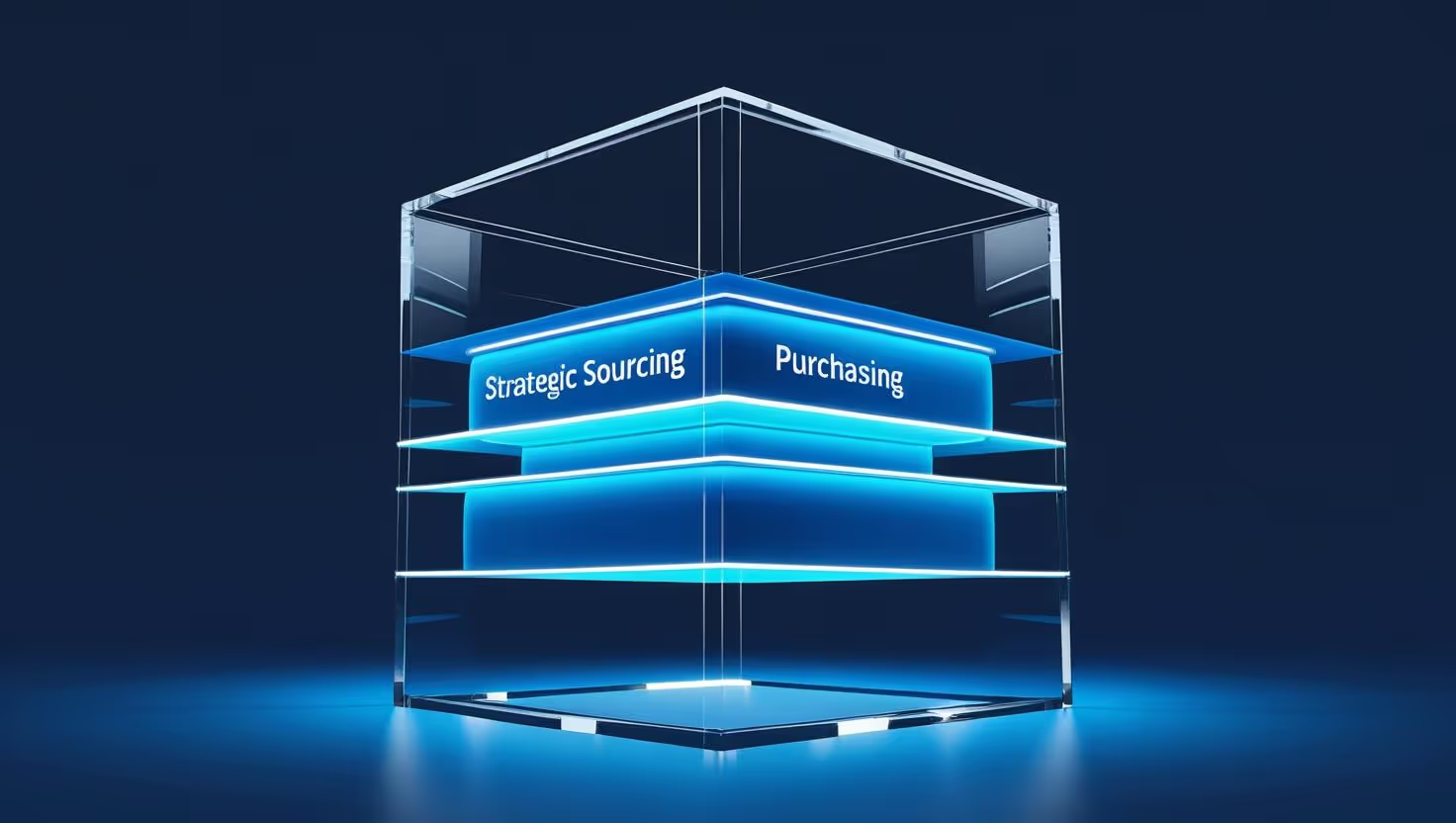


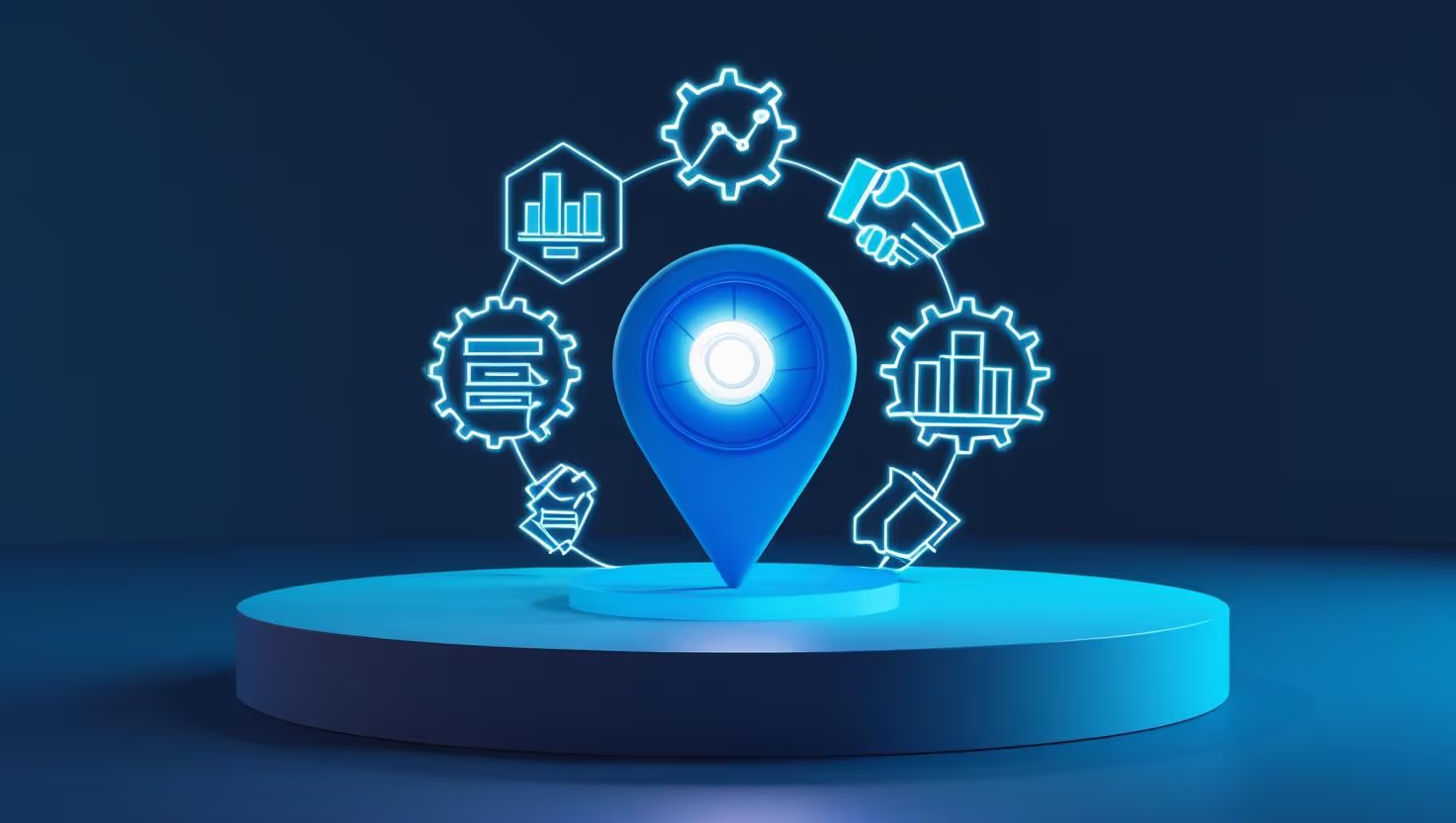
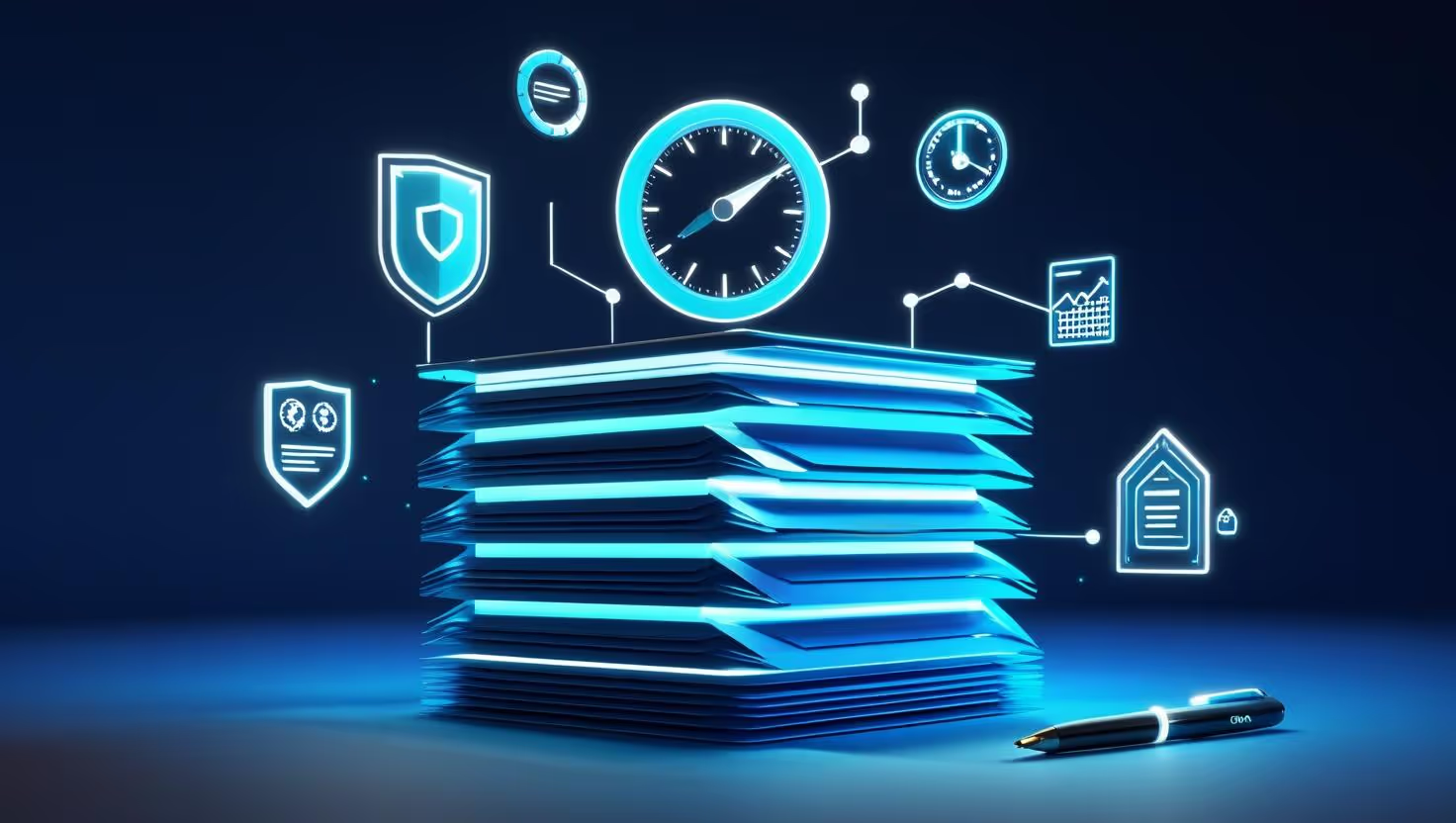
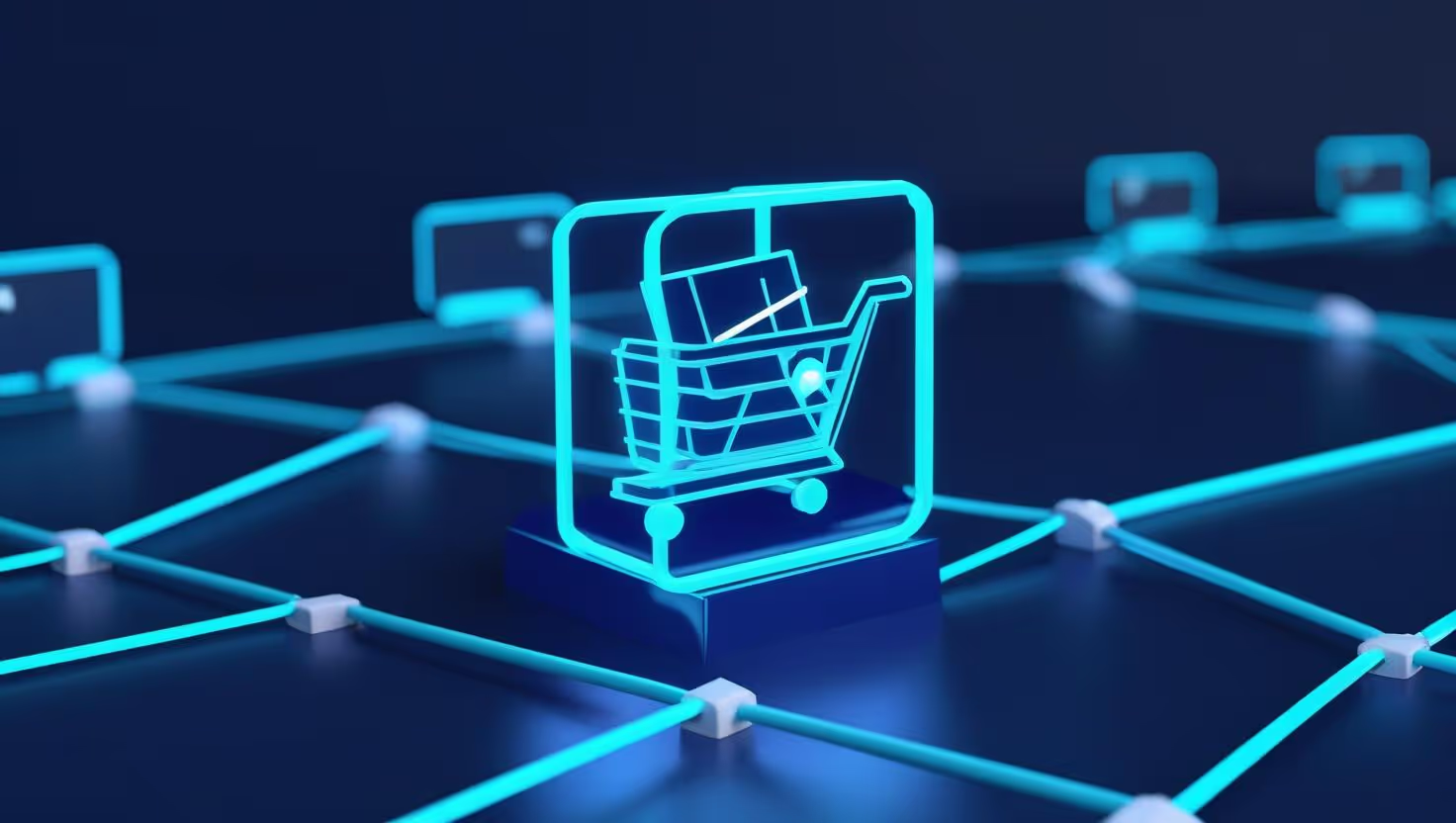


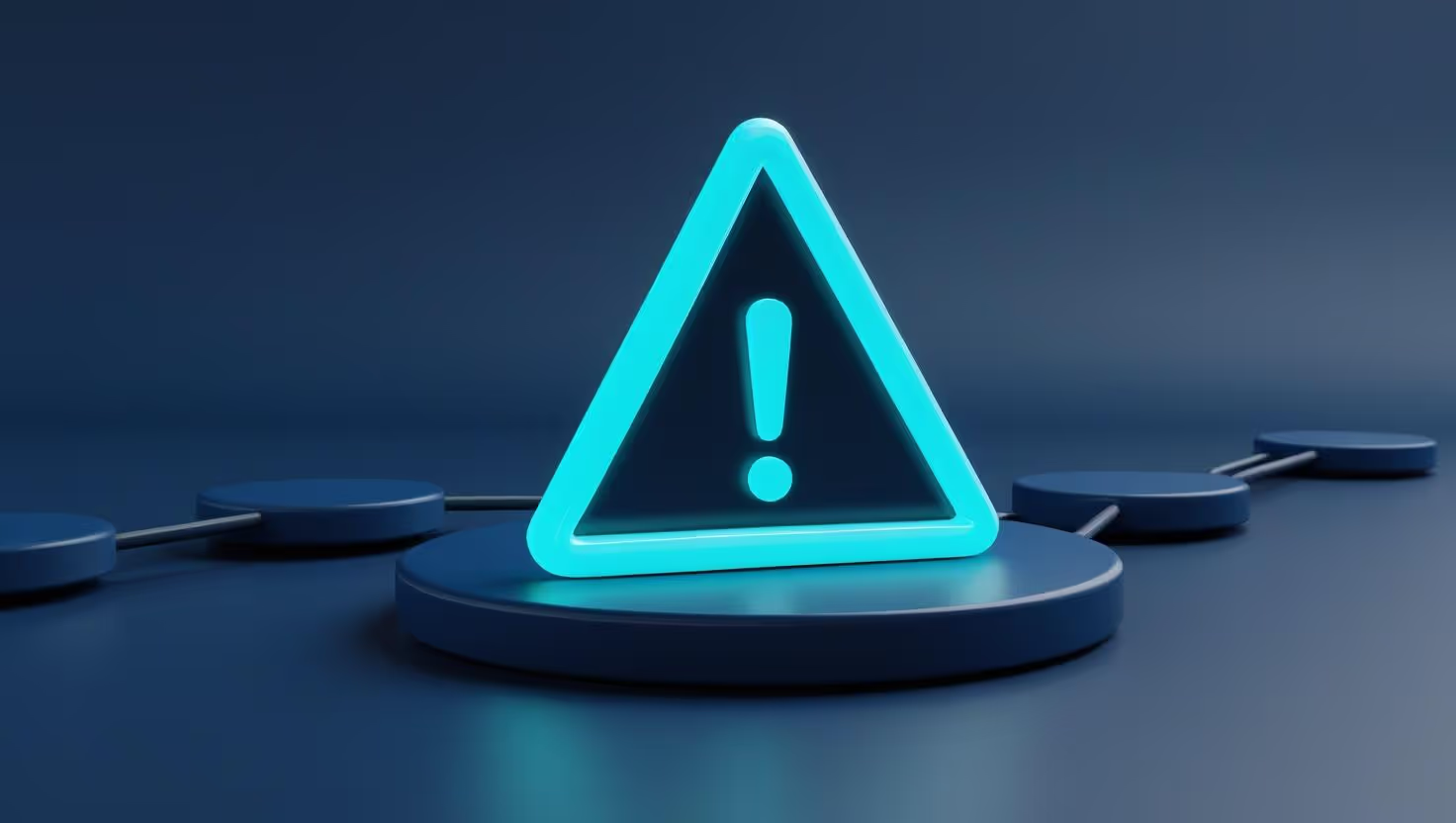


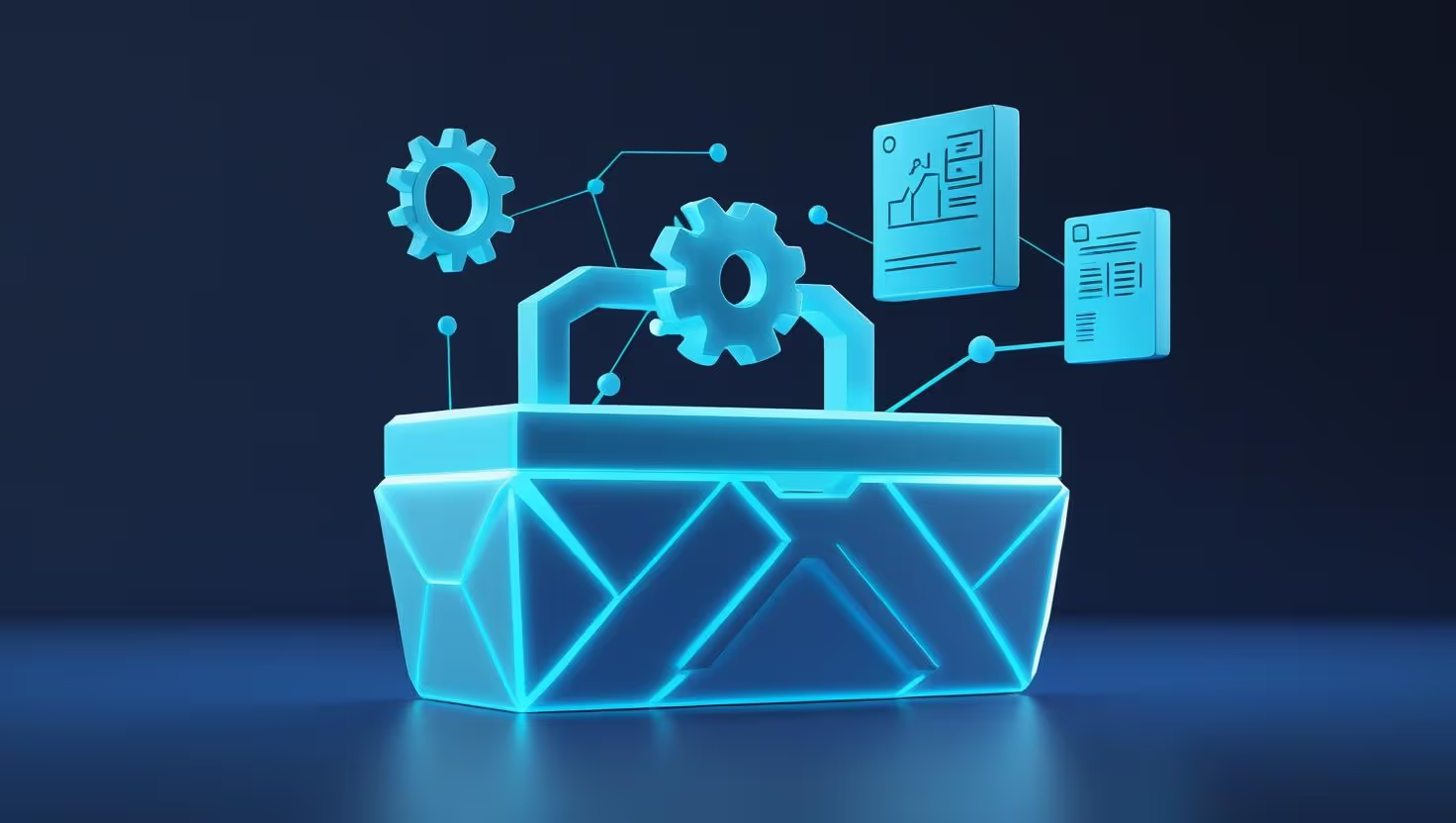





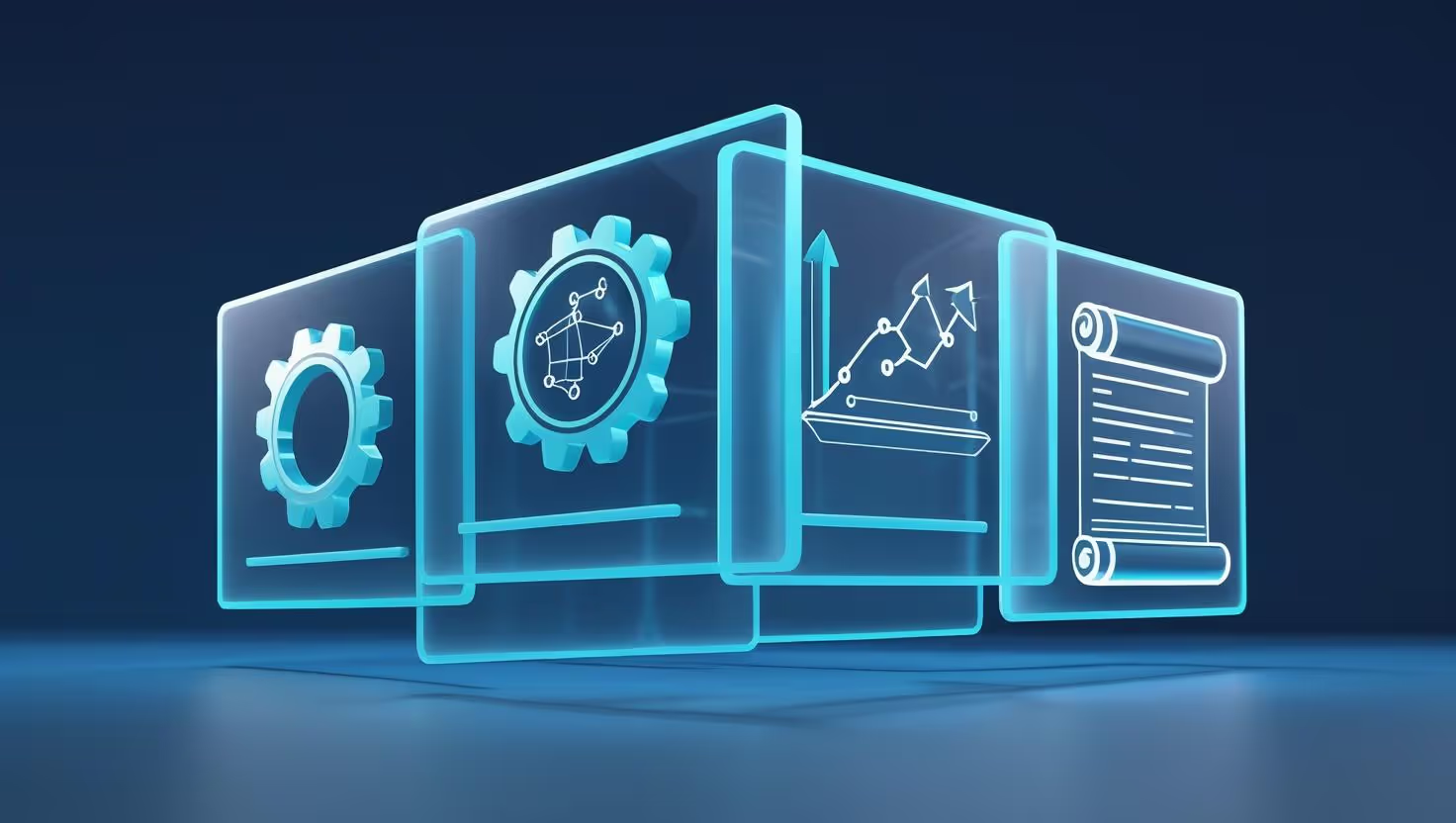




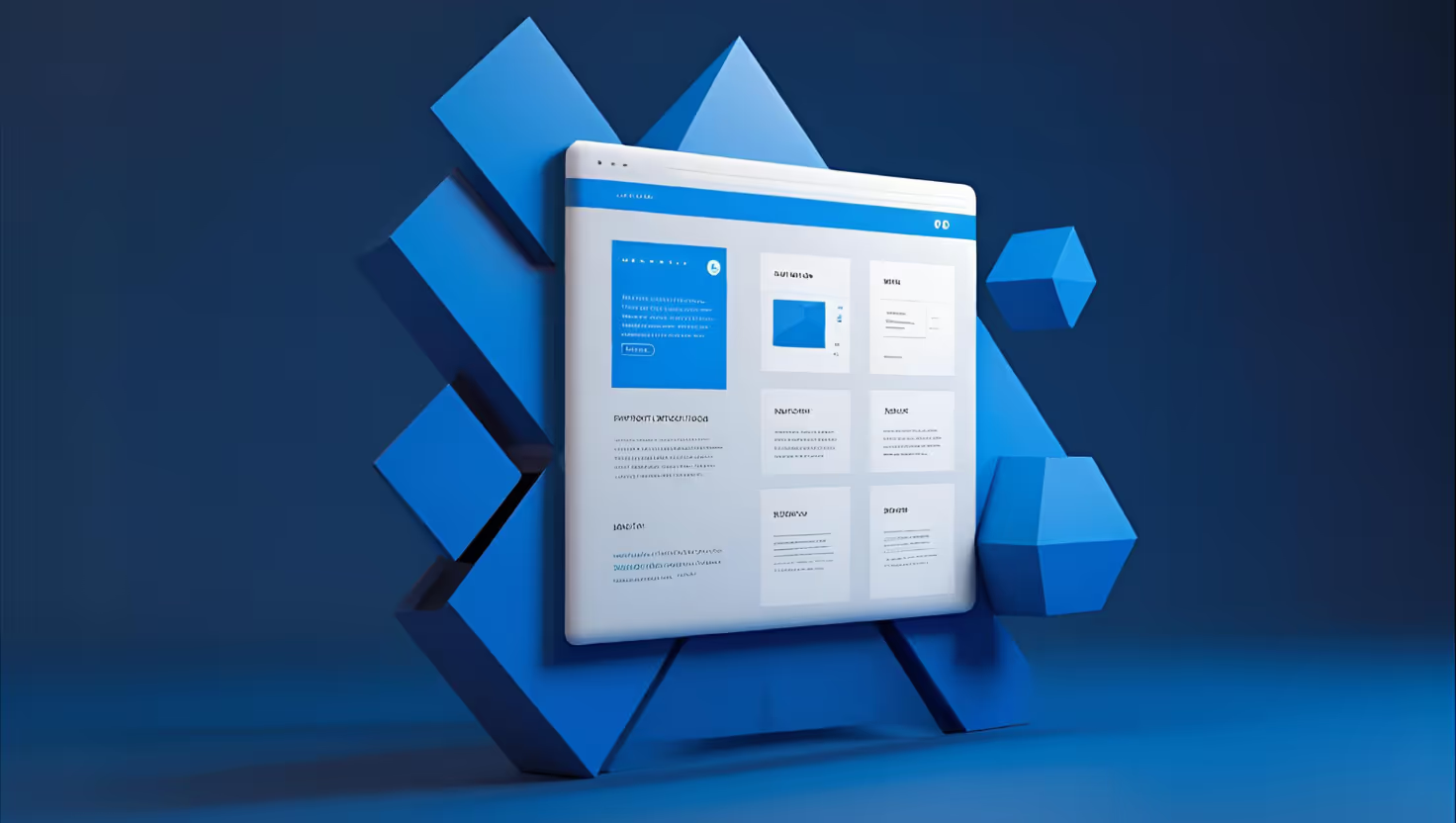








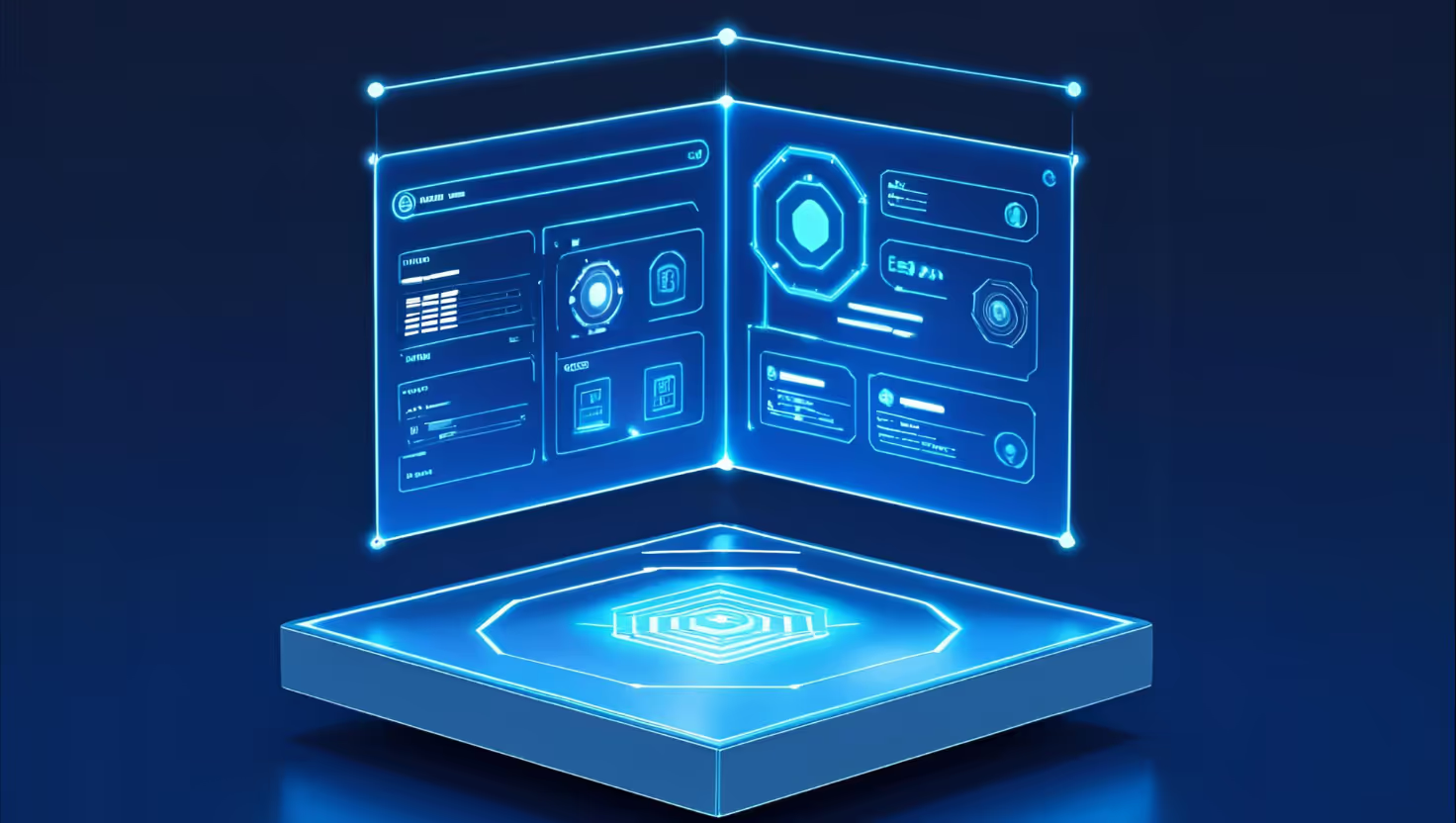

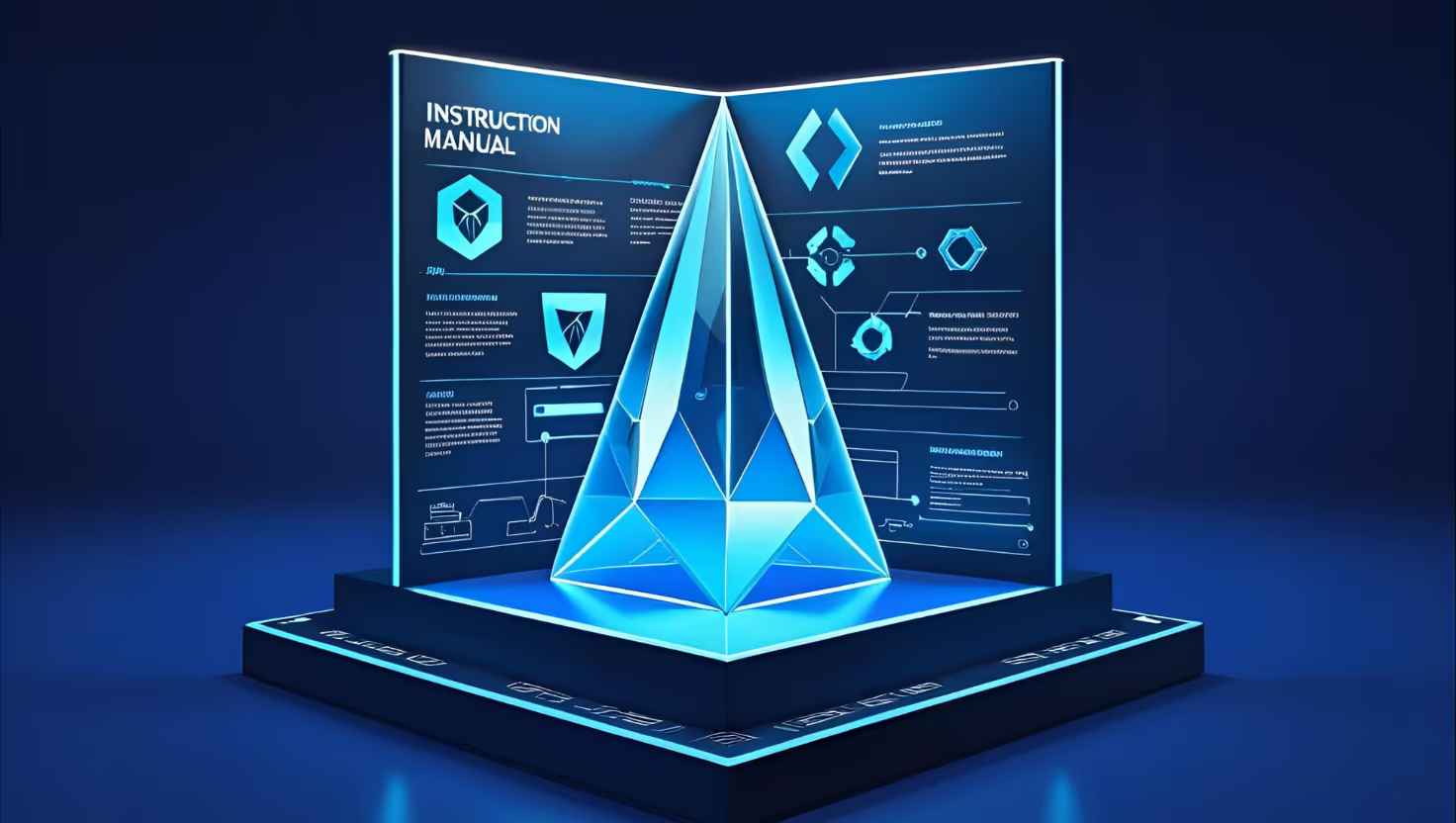
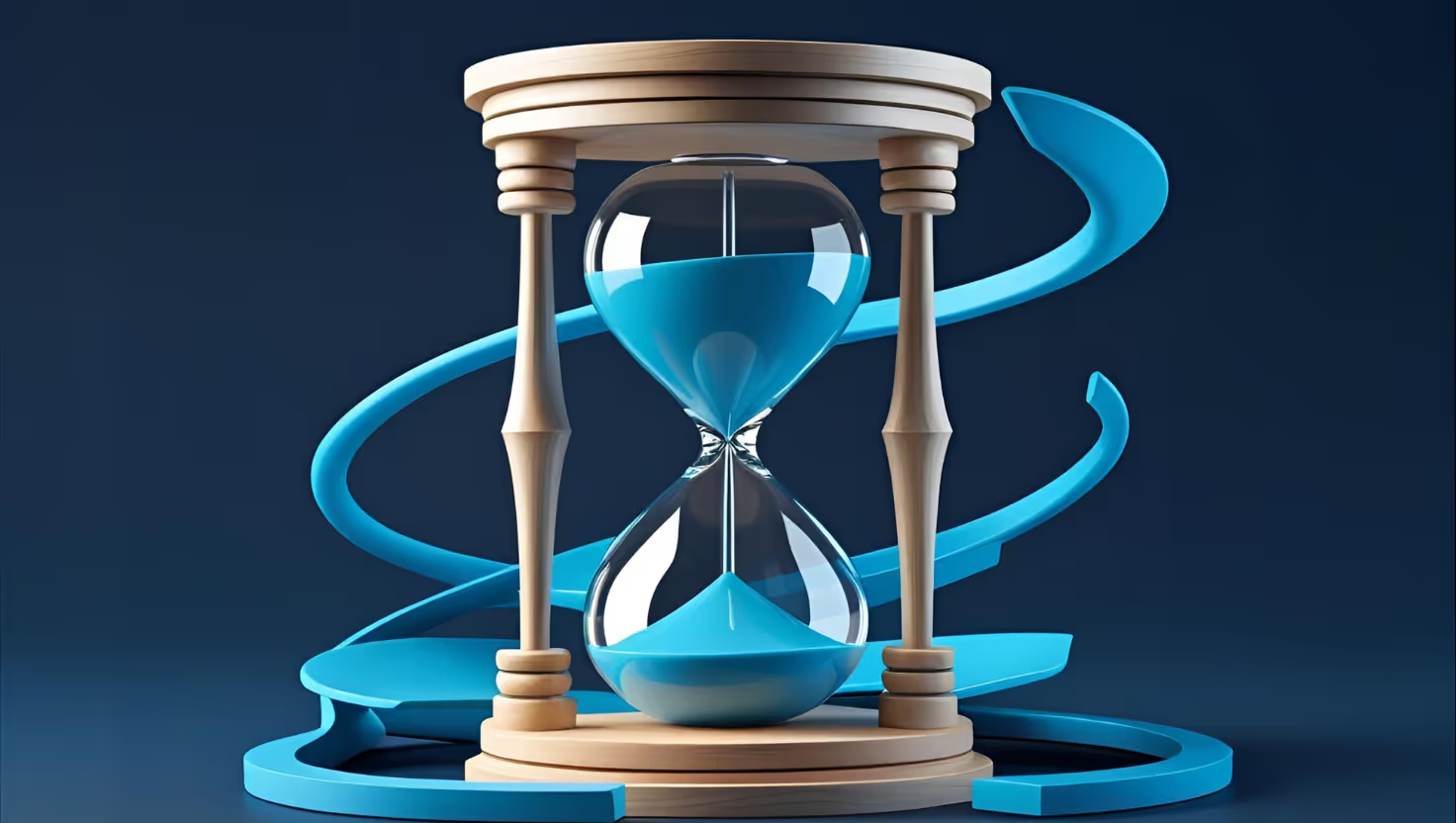
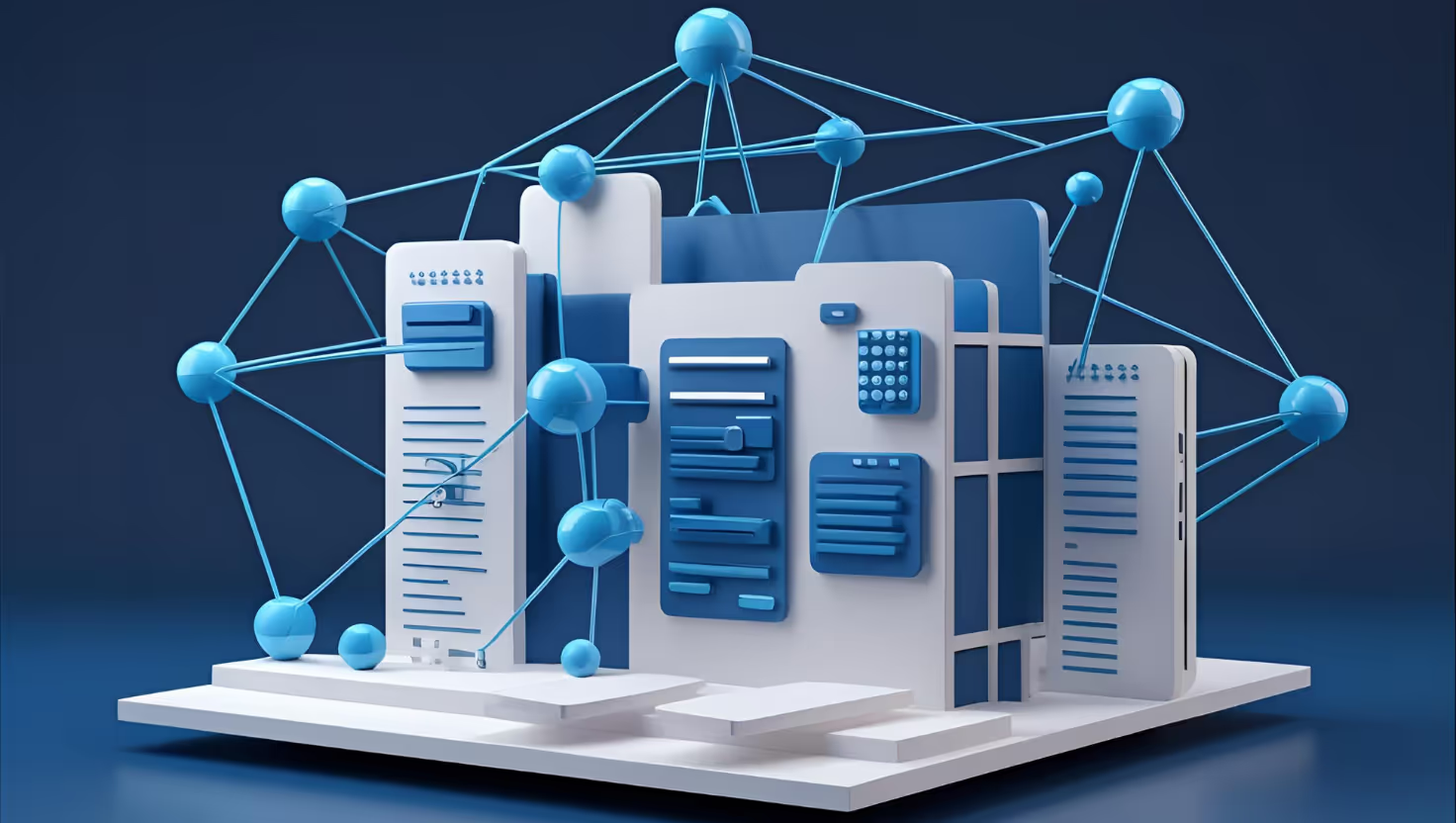






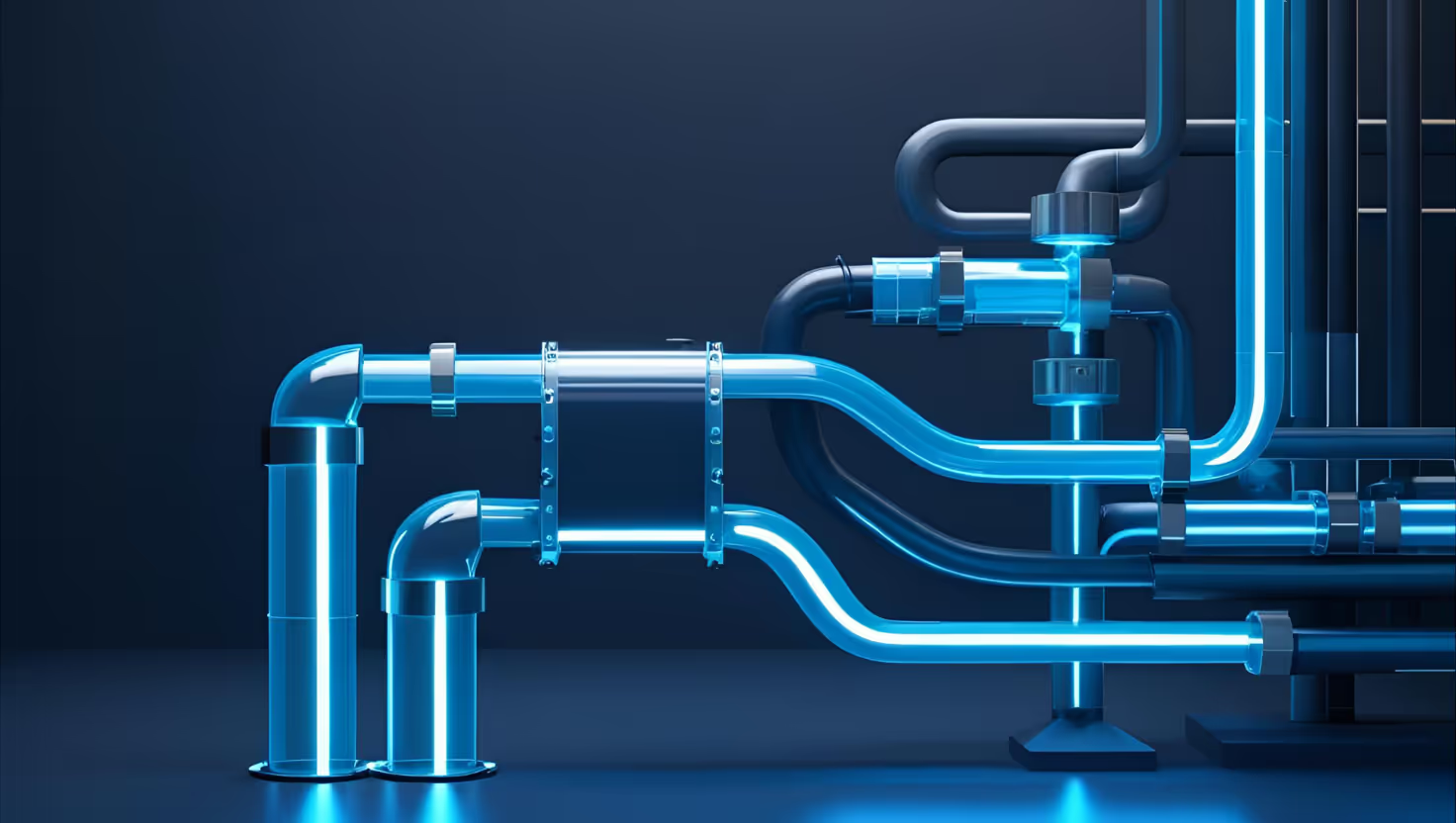











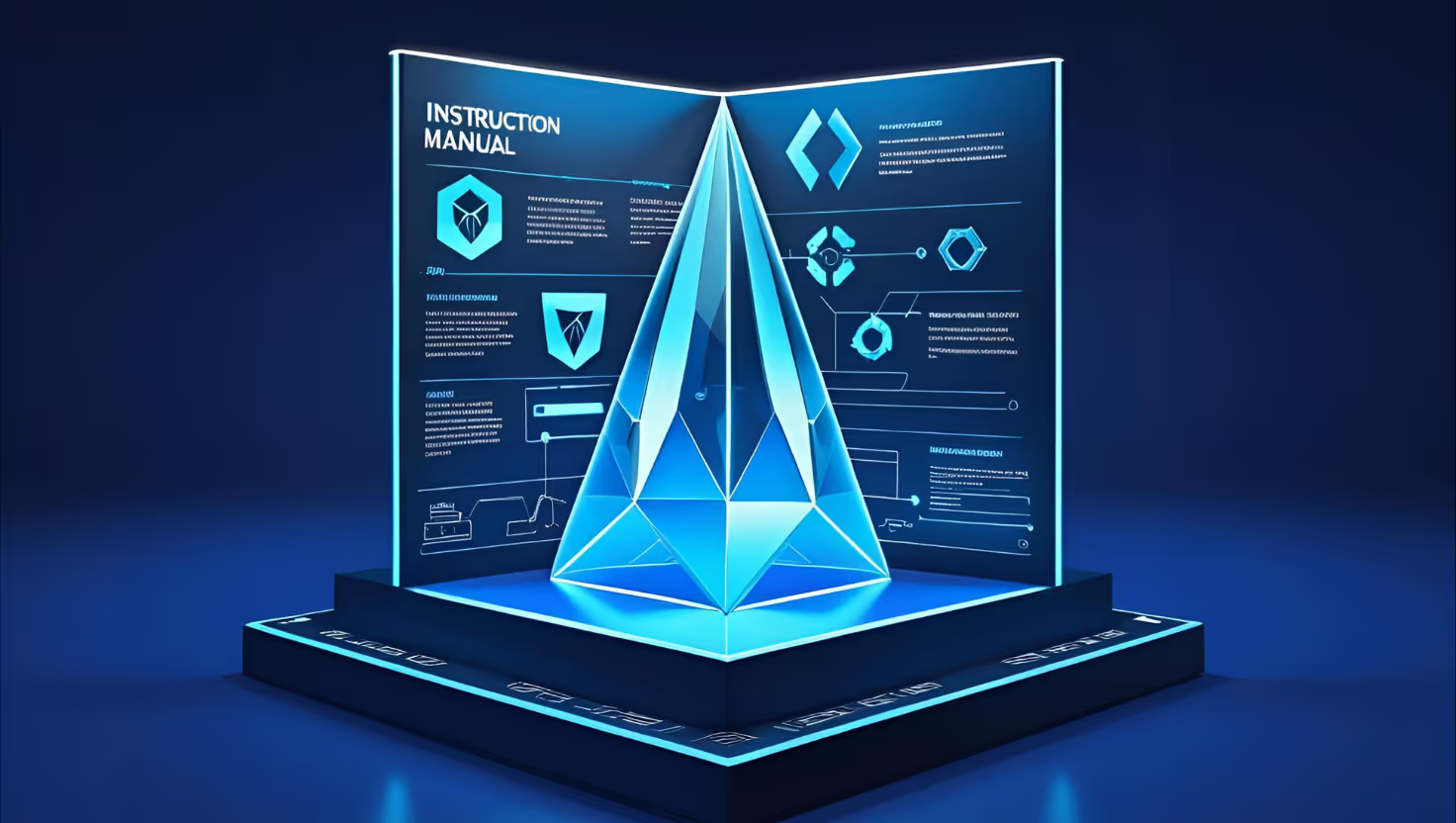

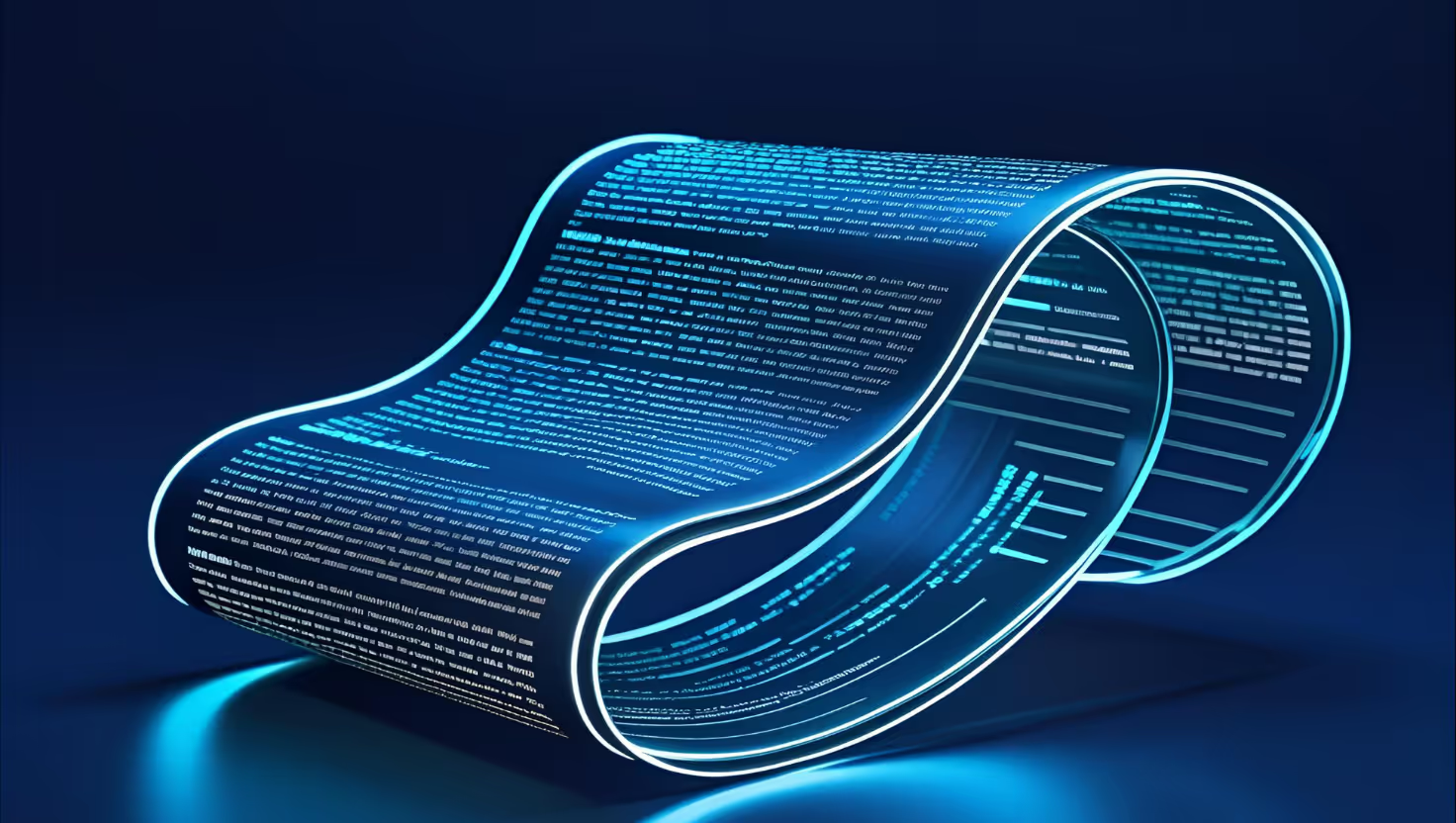








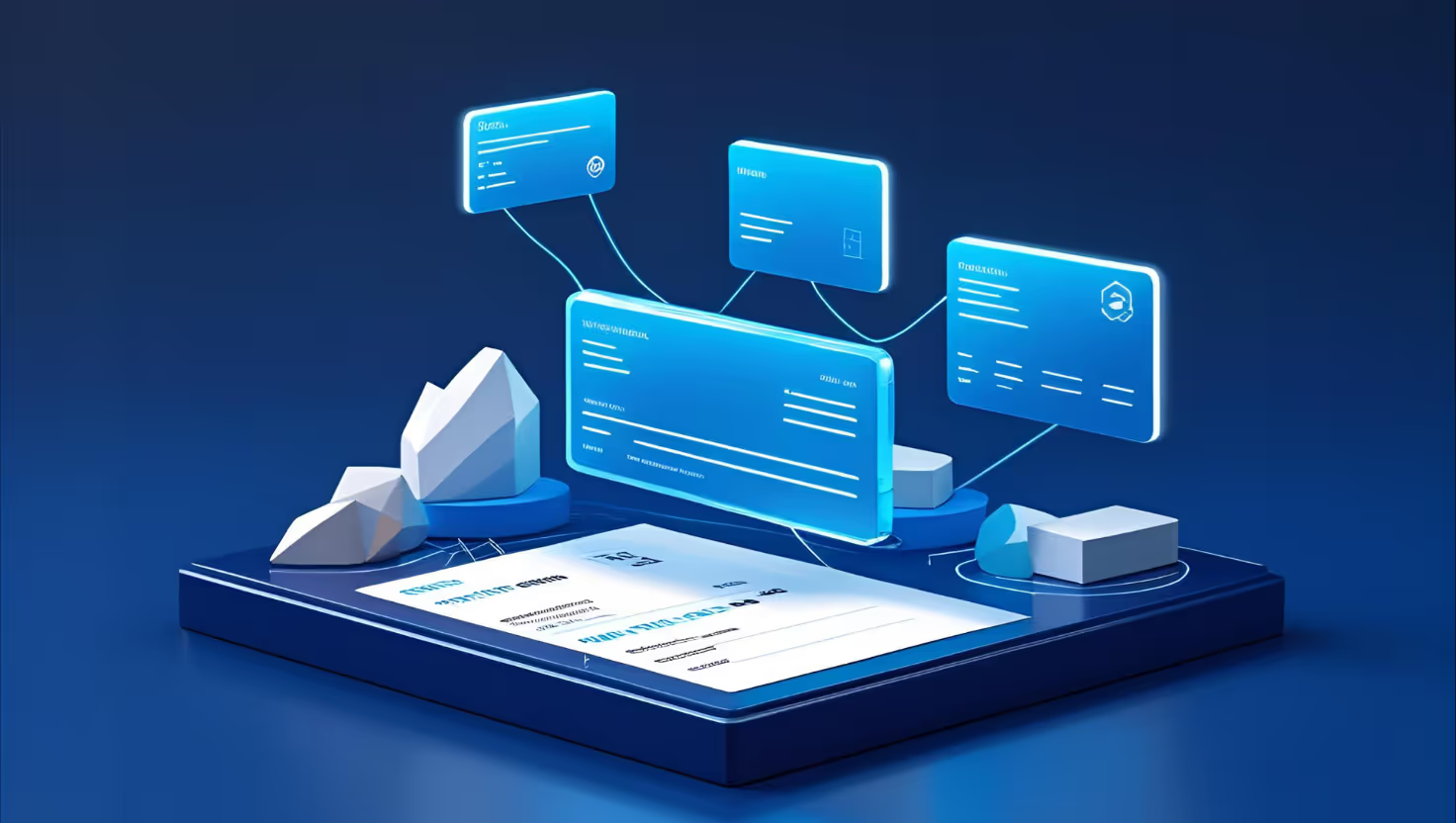


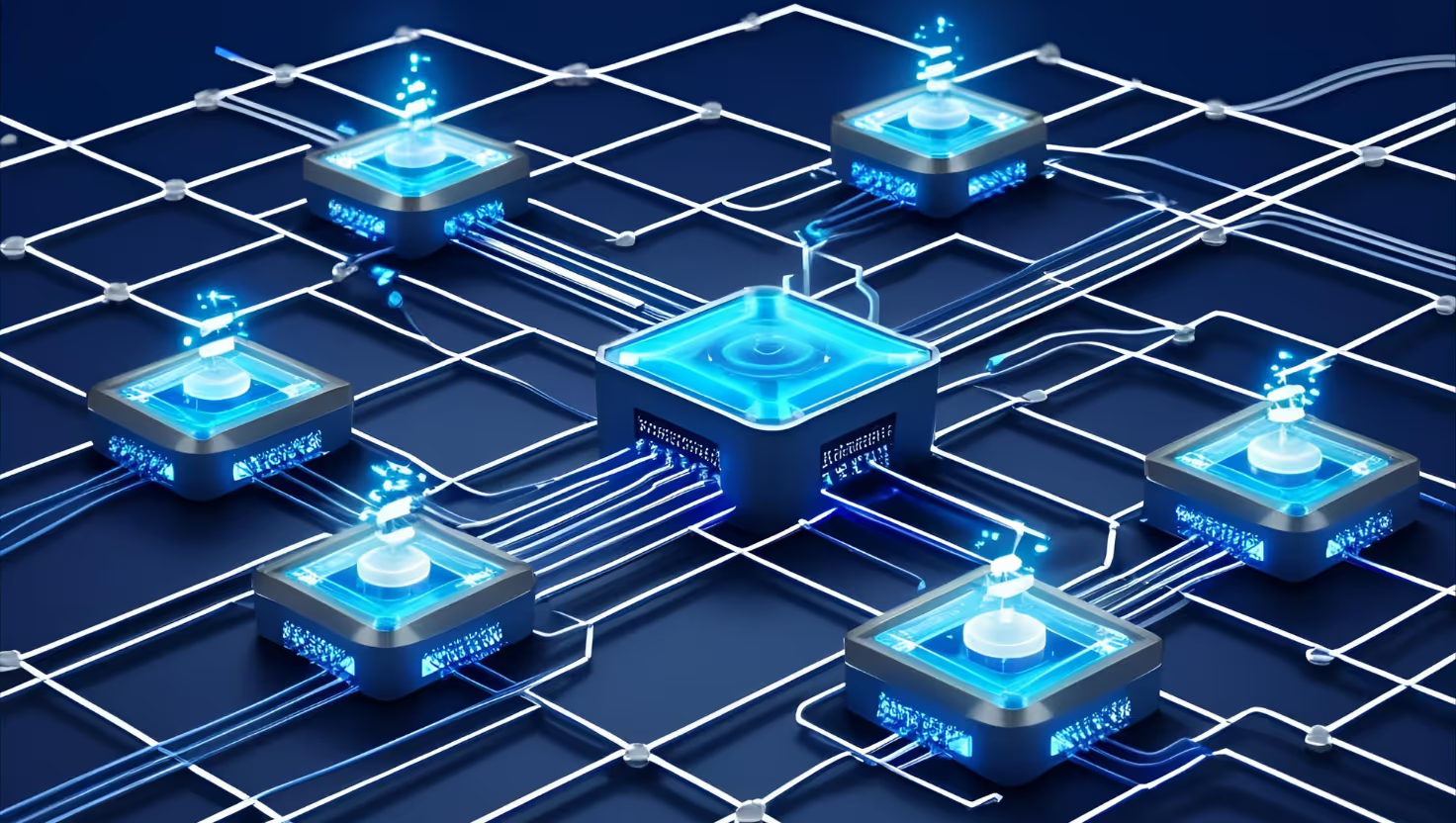




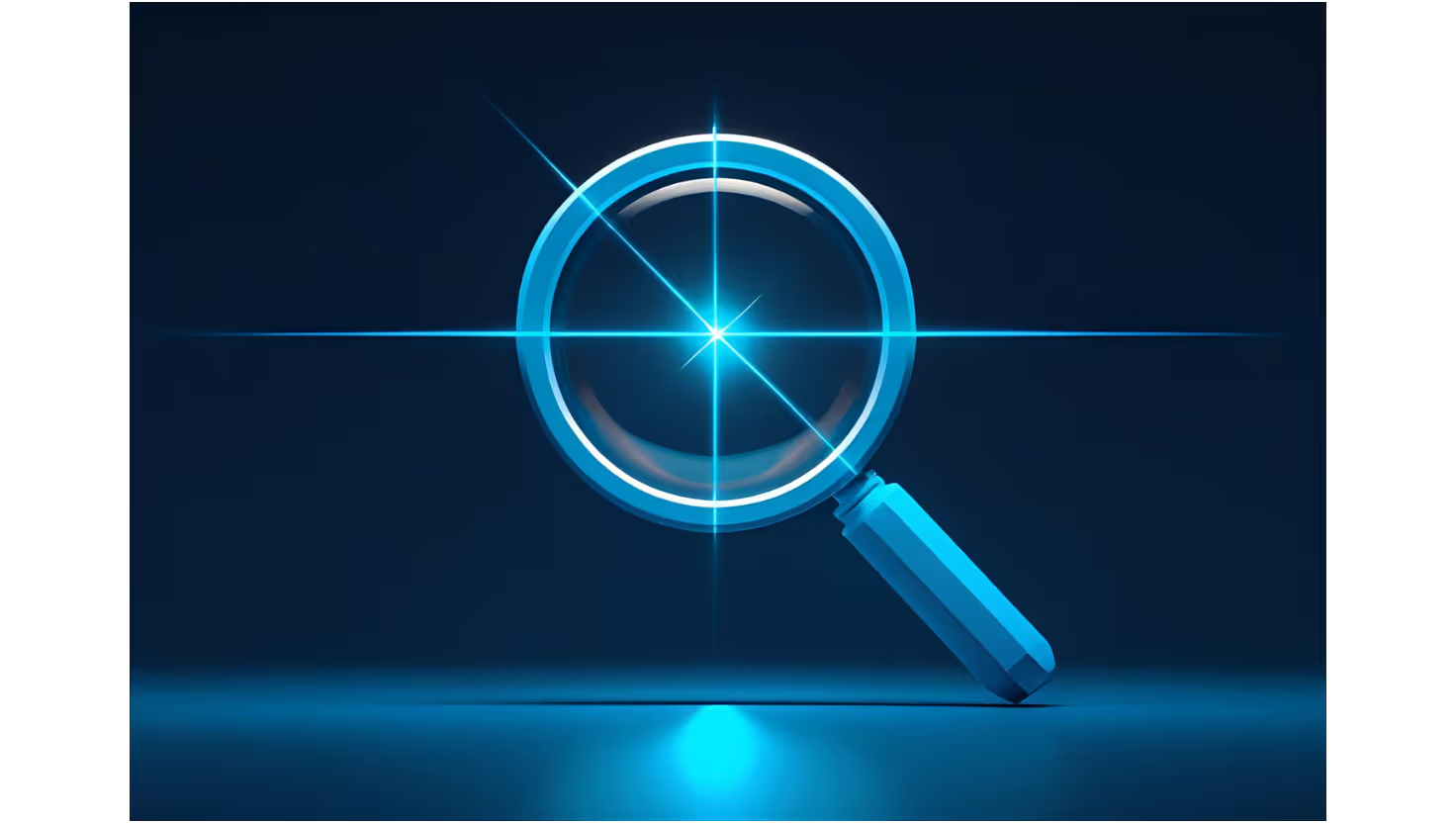
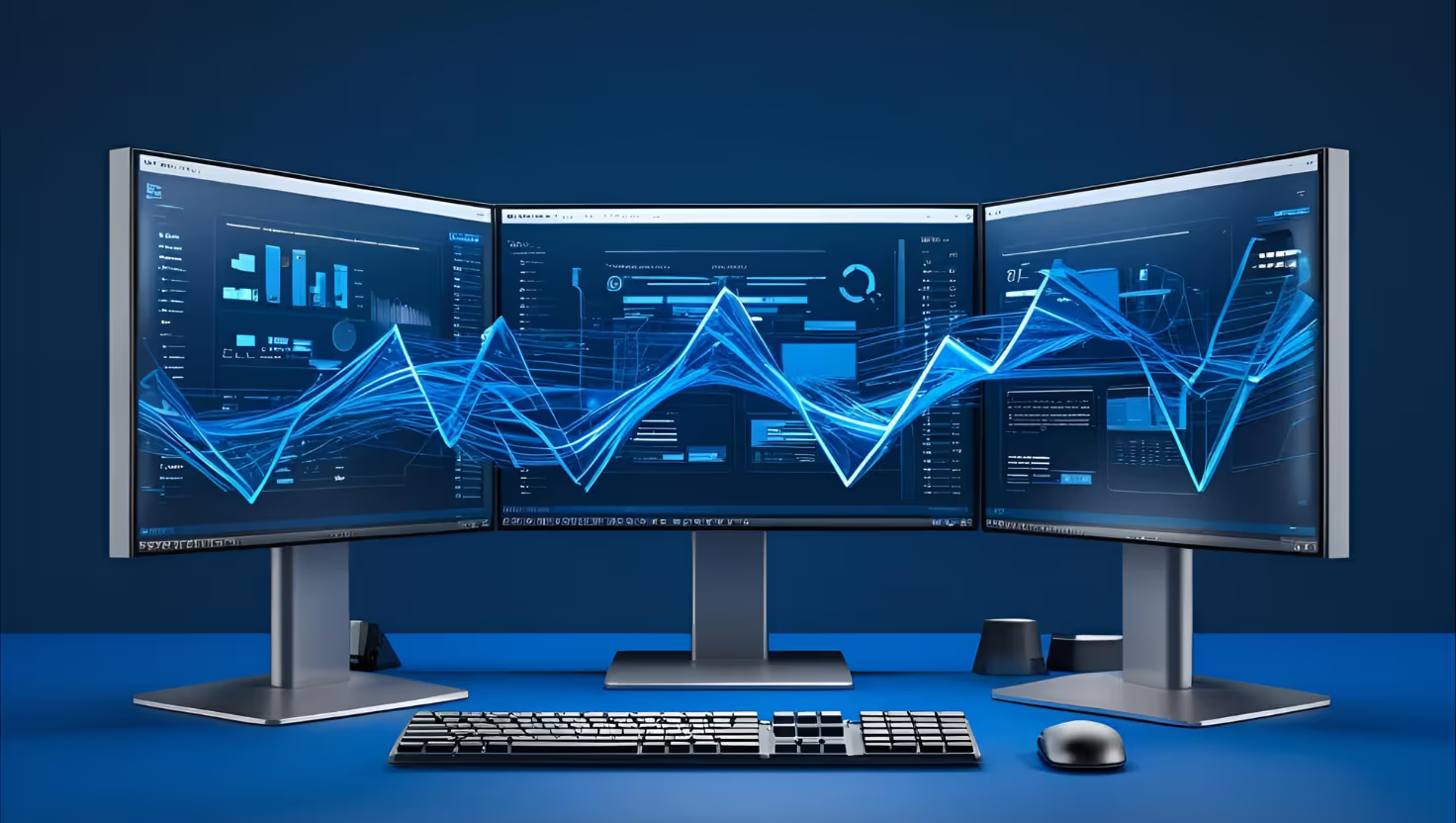


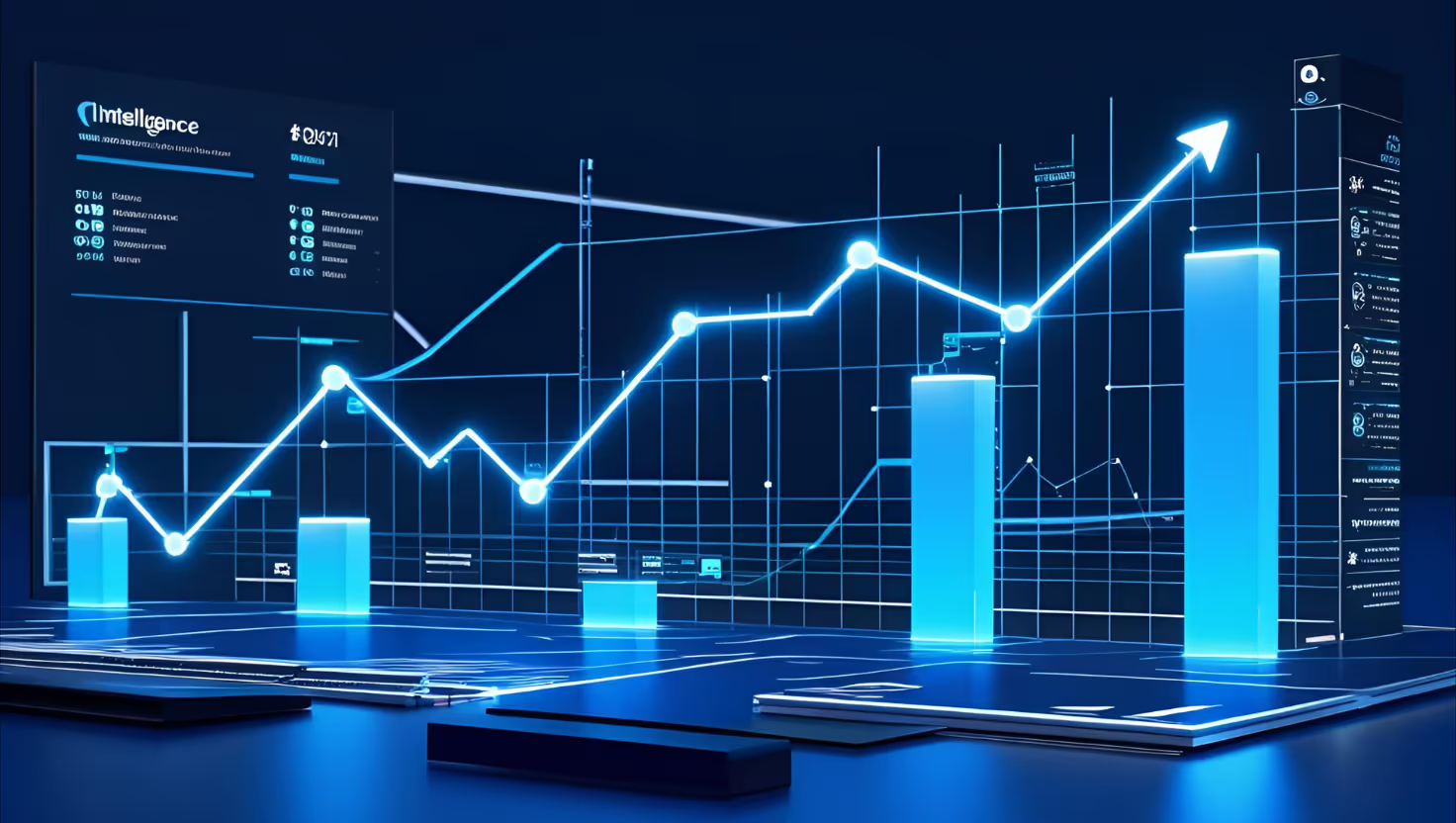
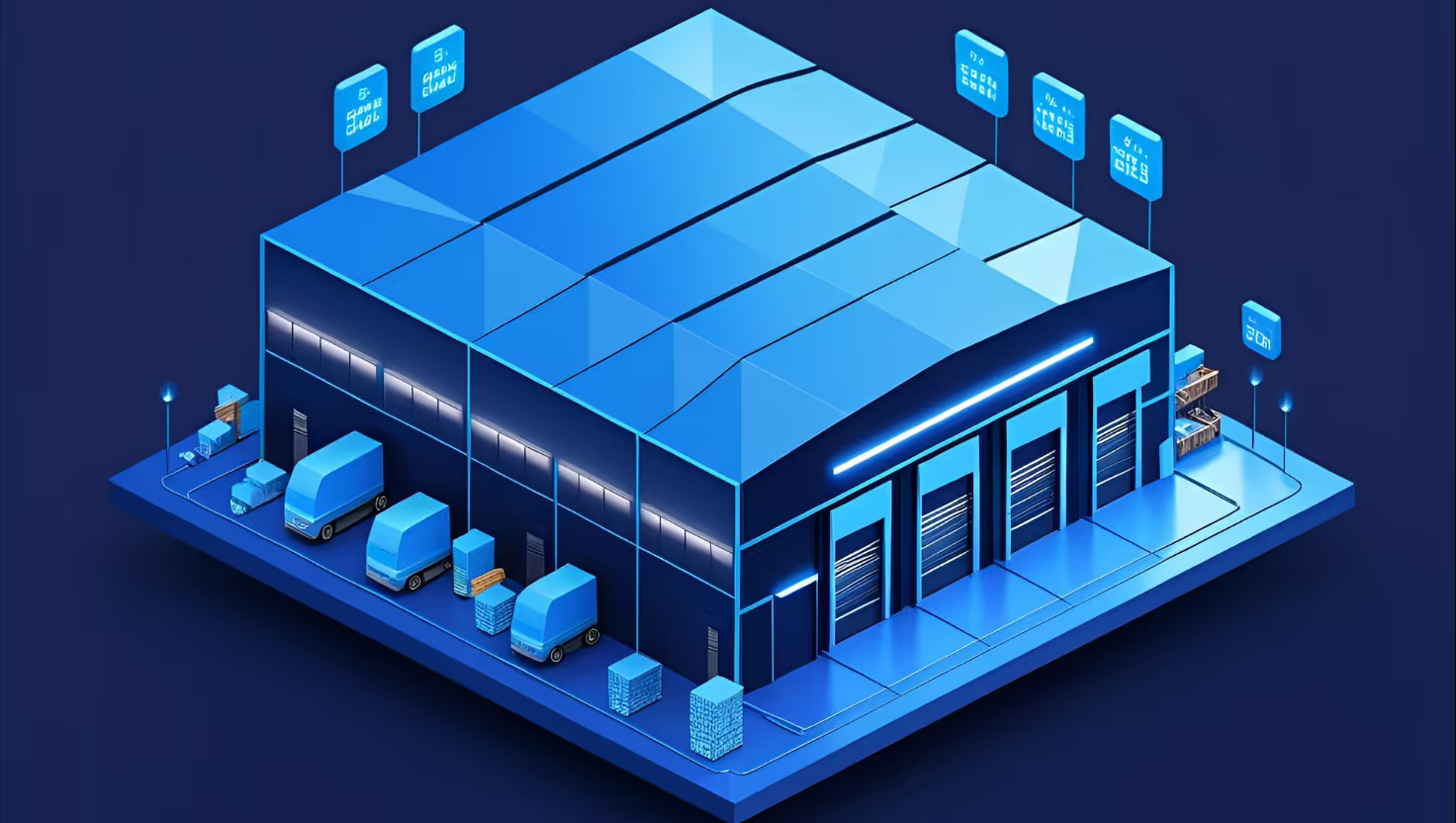

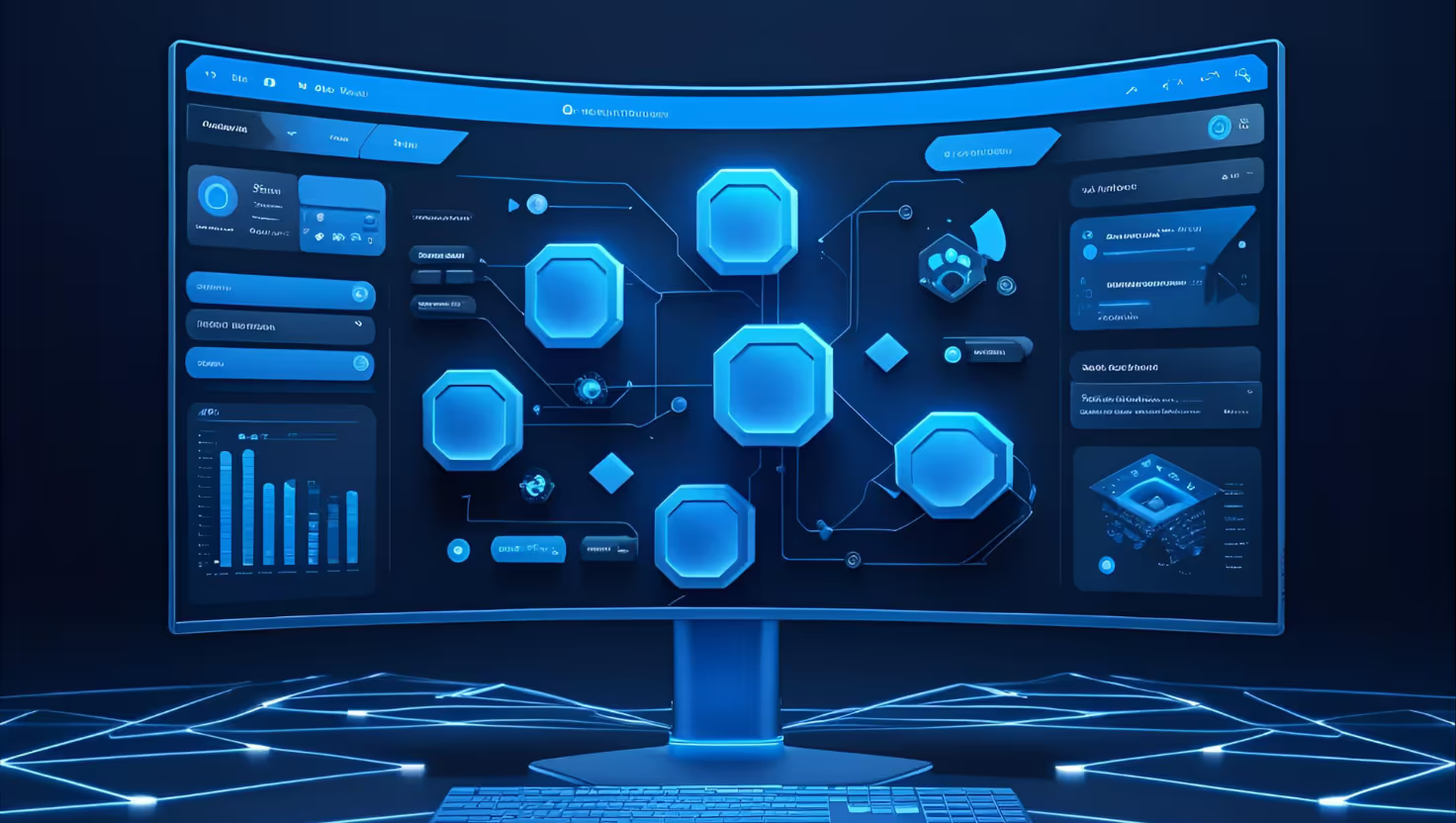
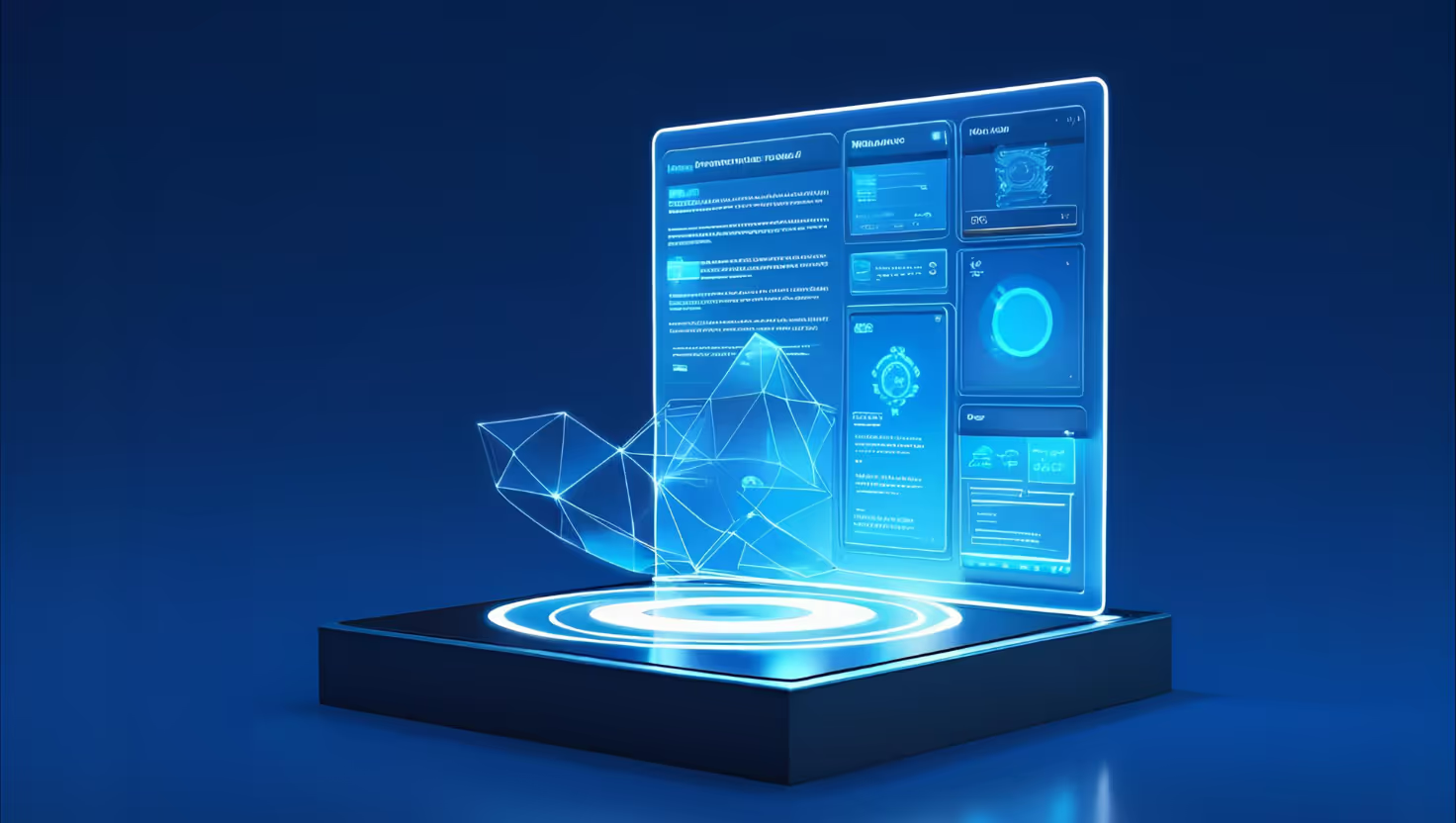




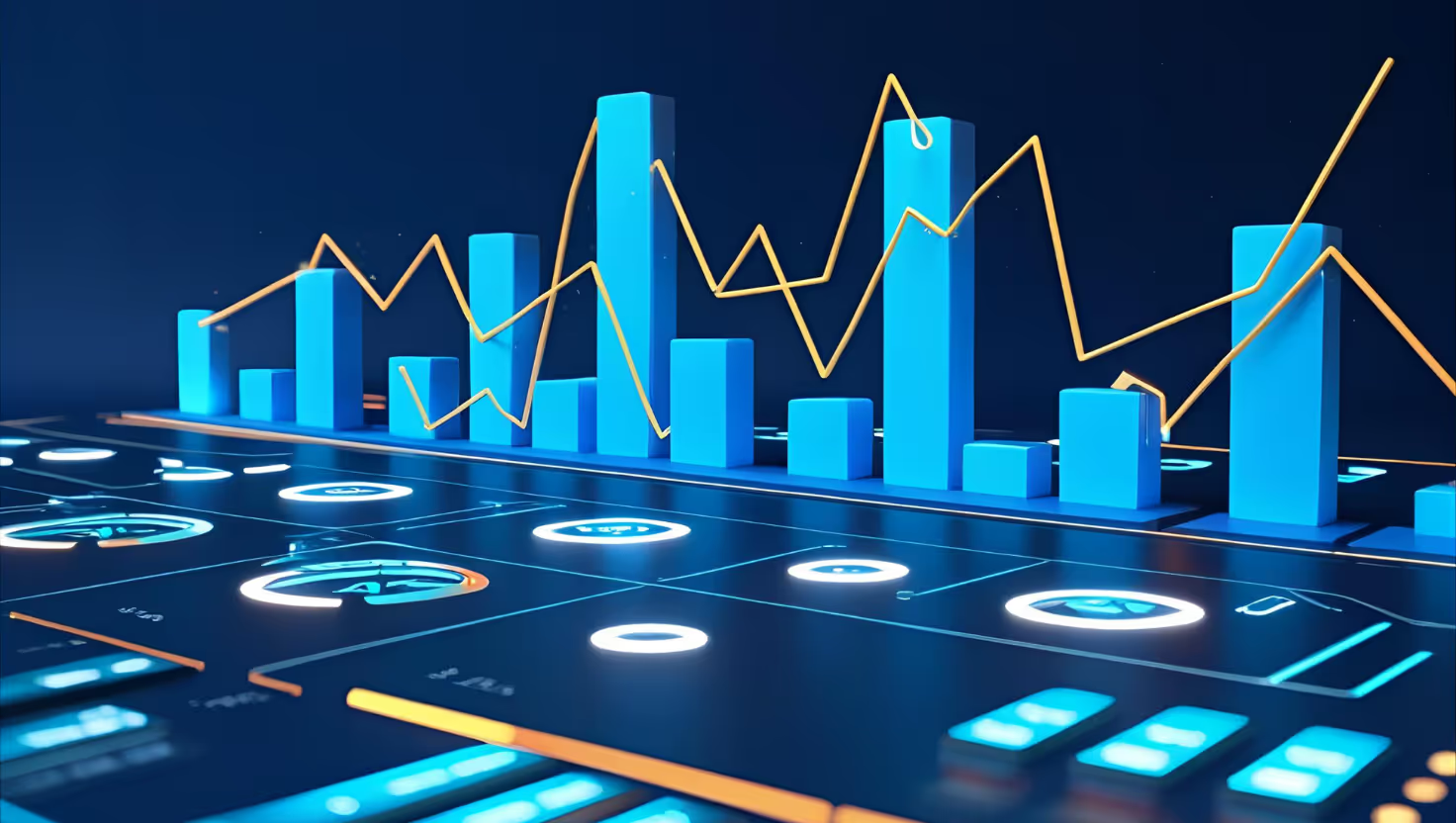
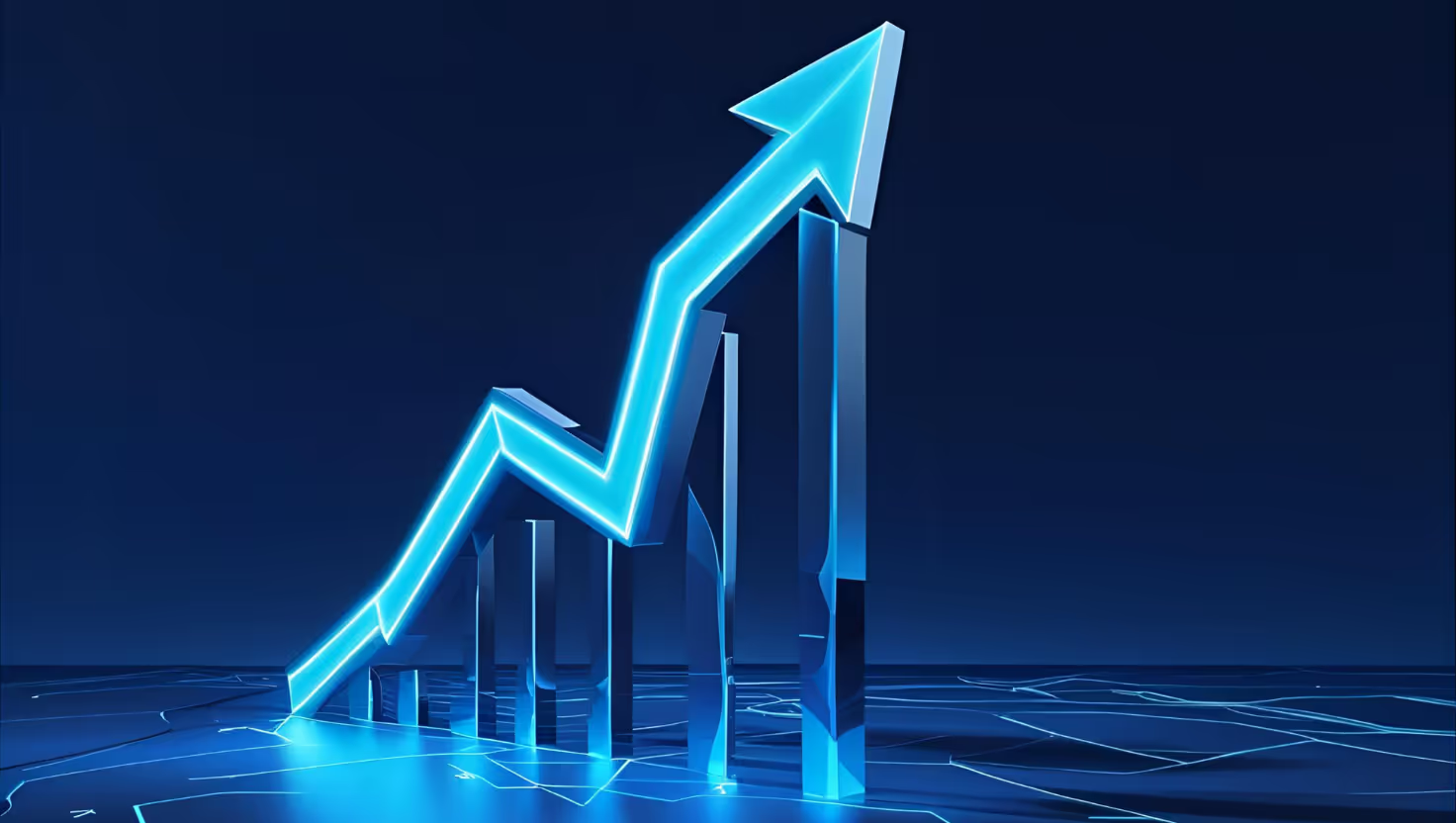


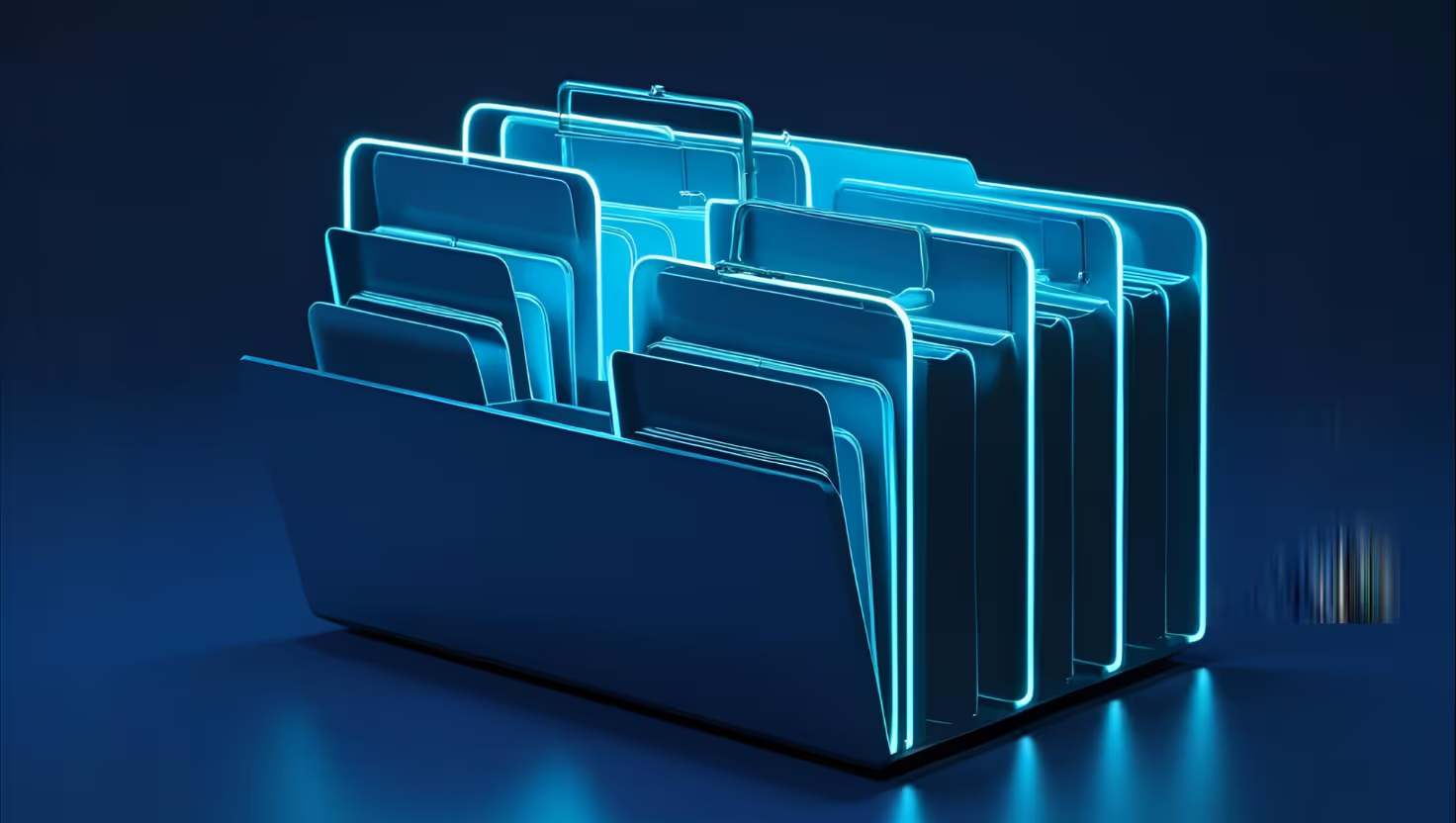


.avif)





